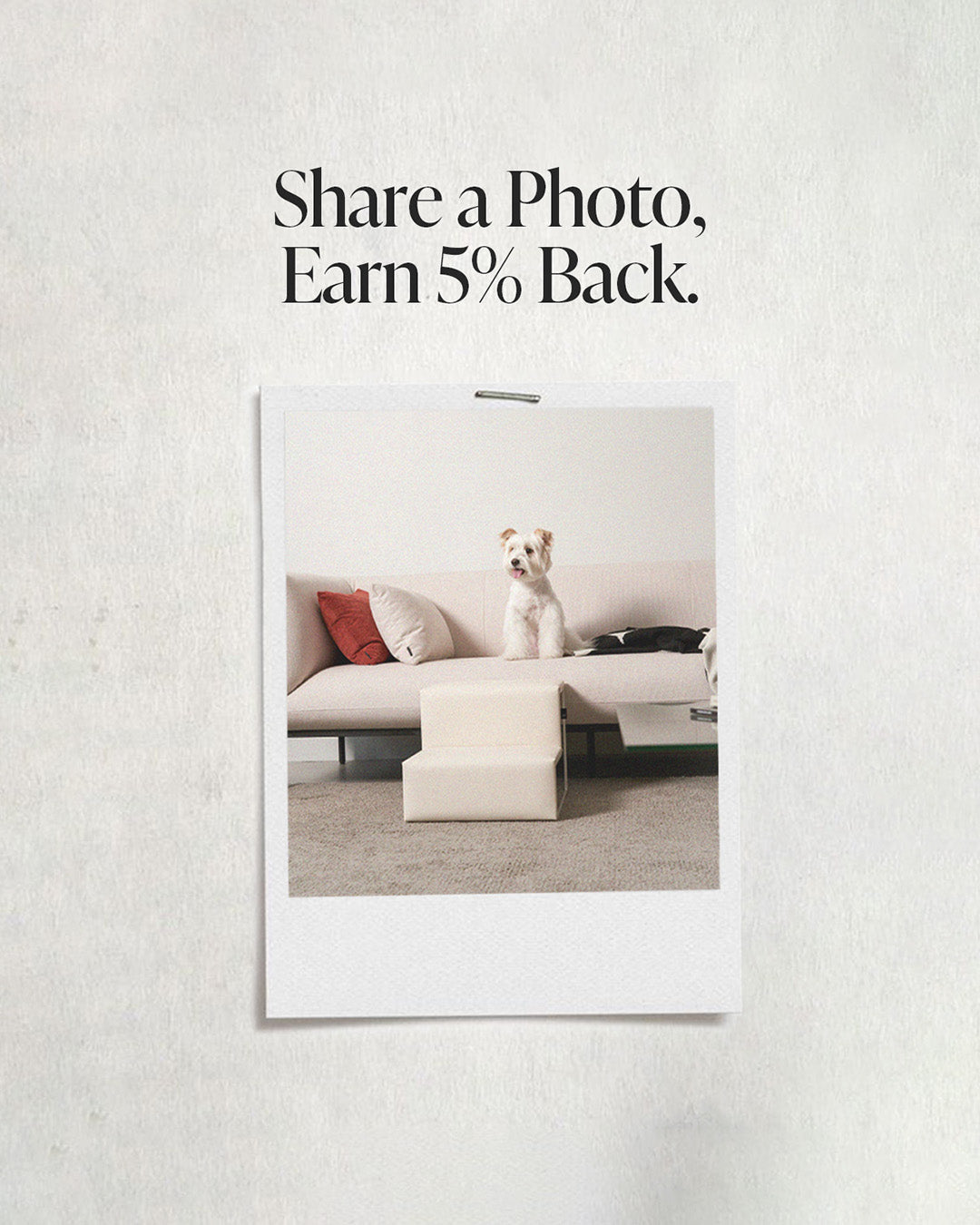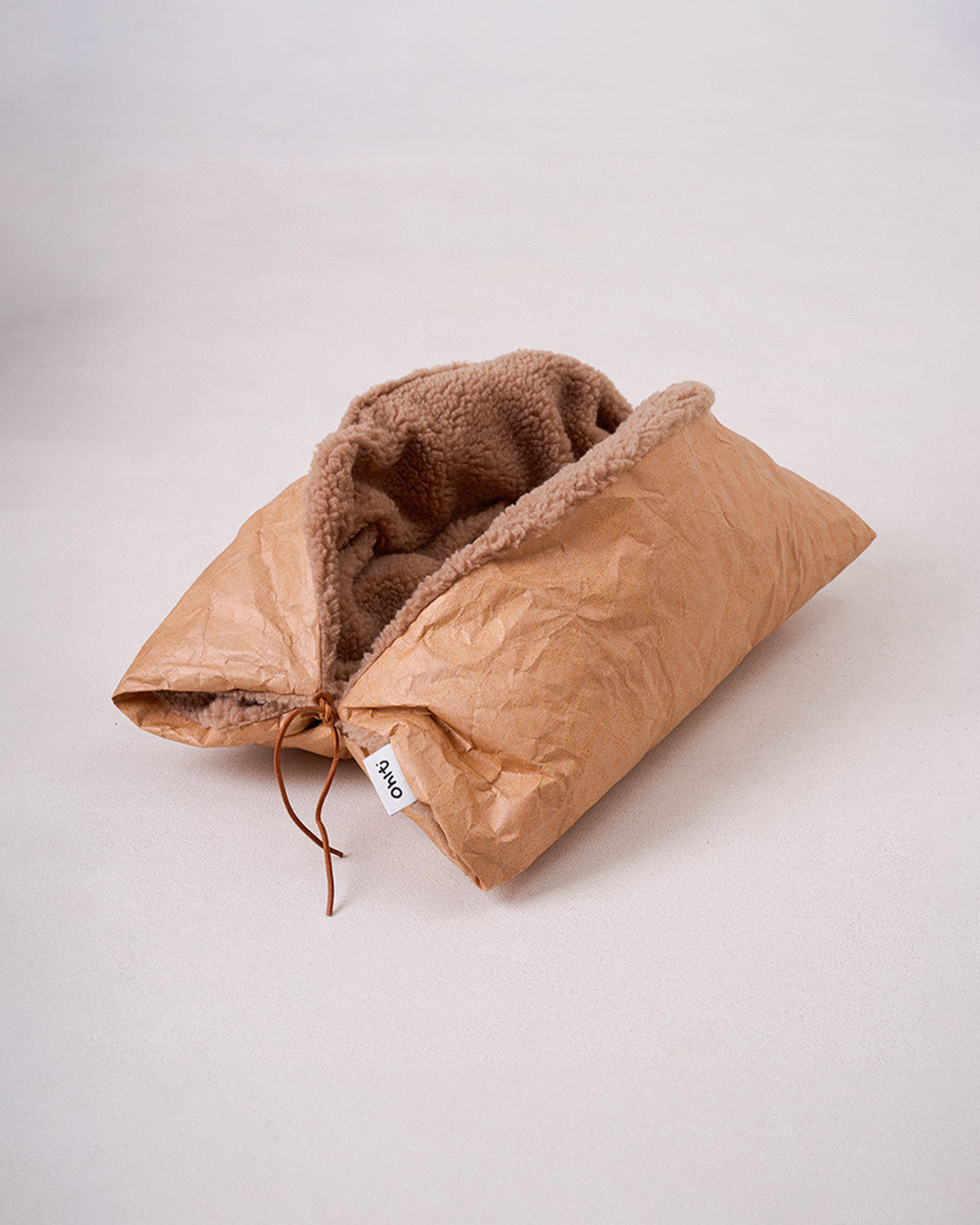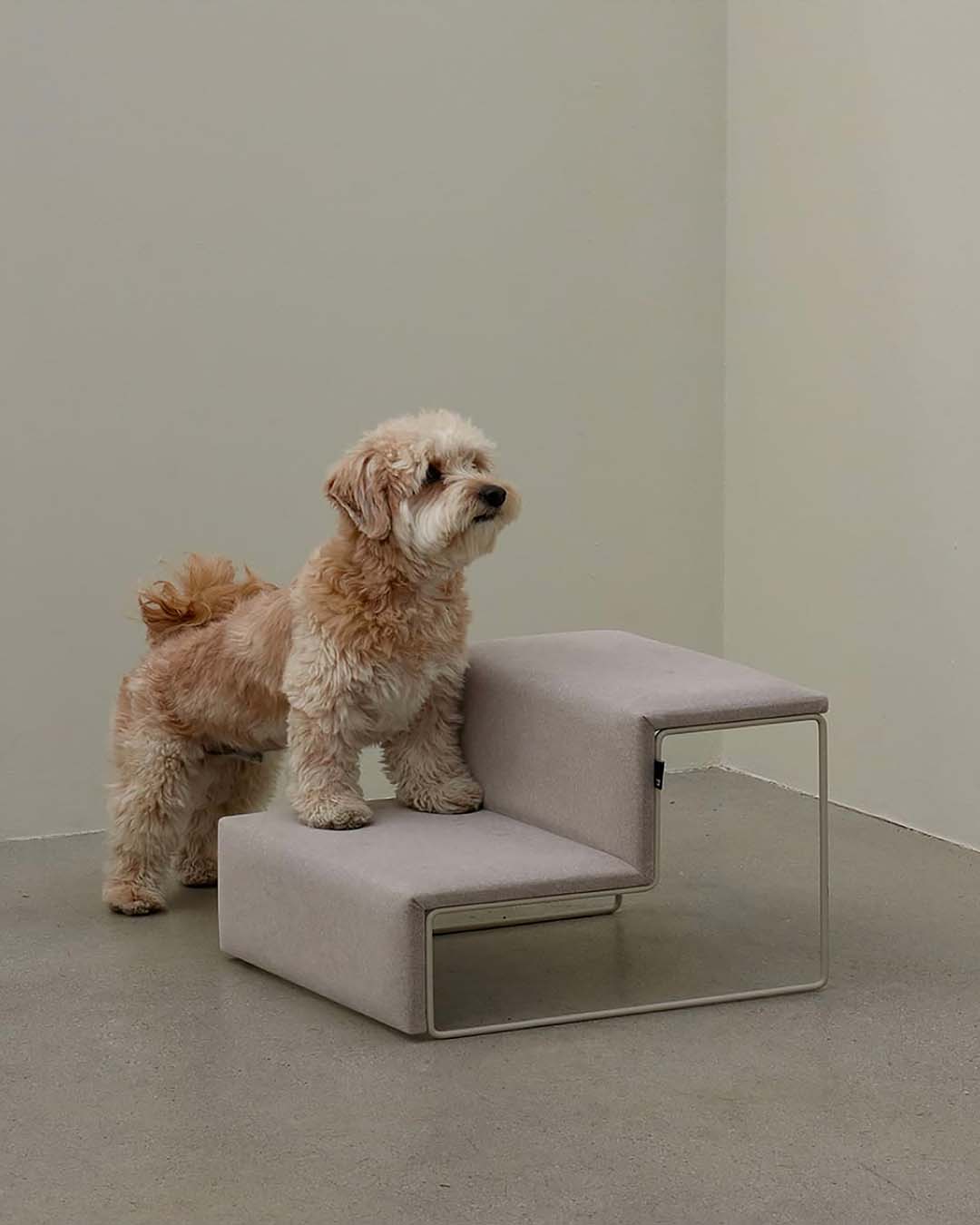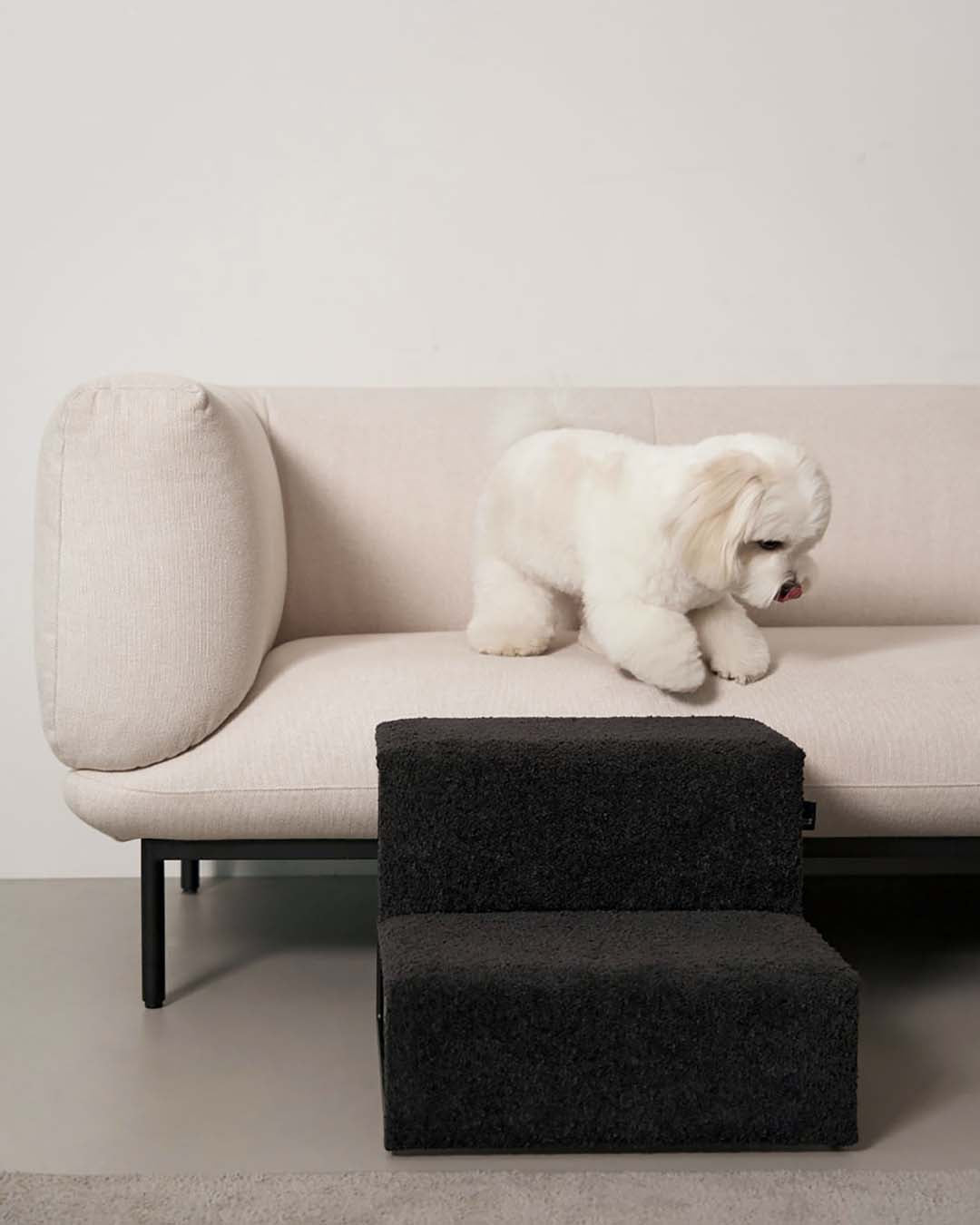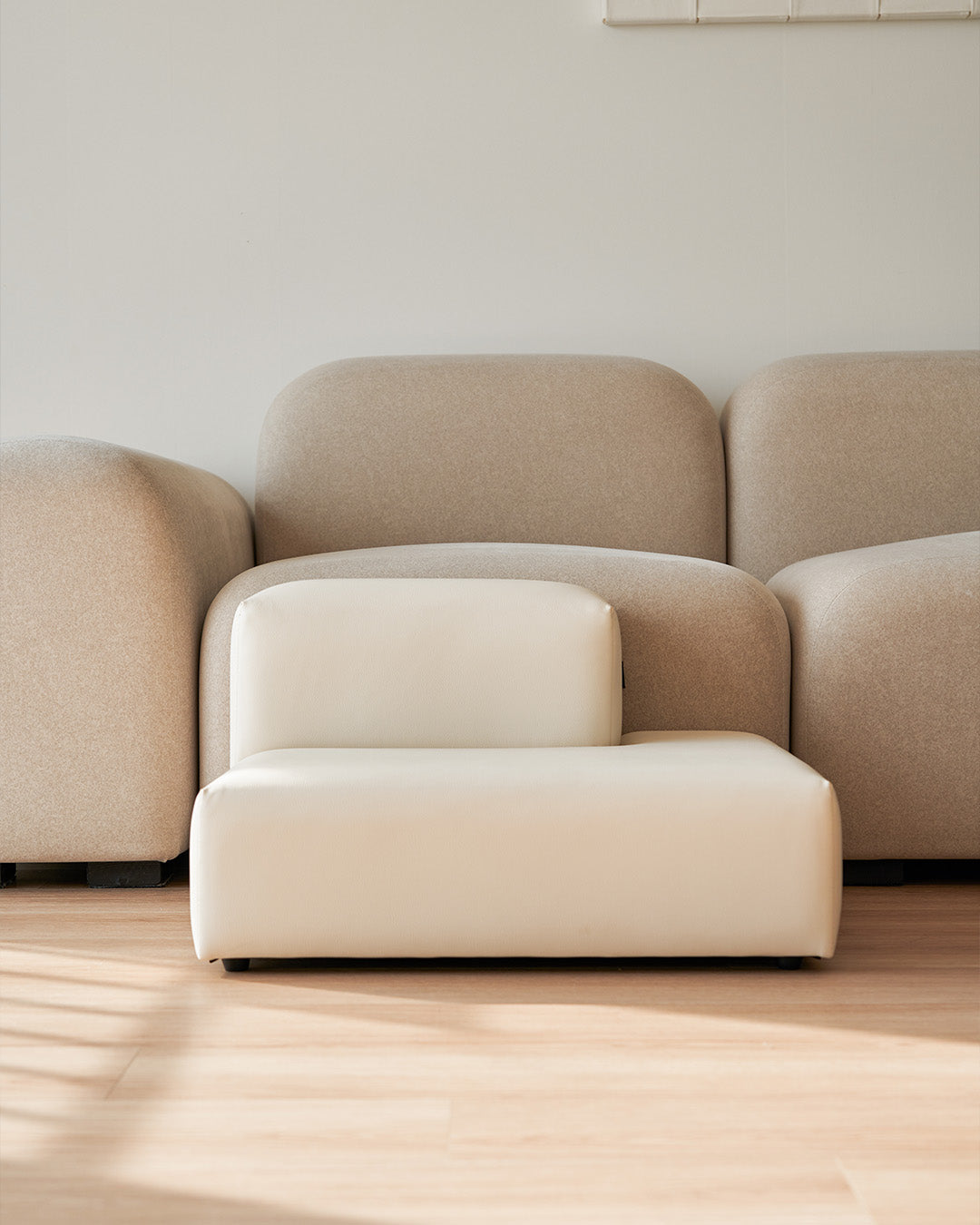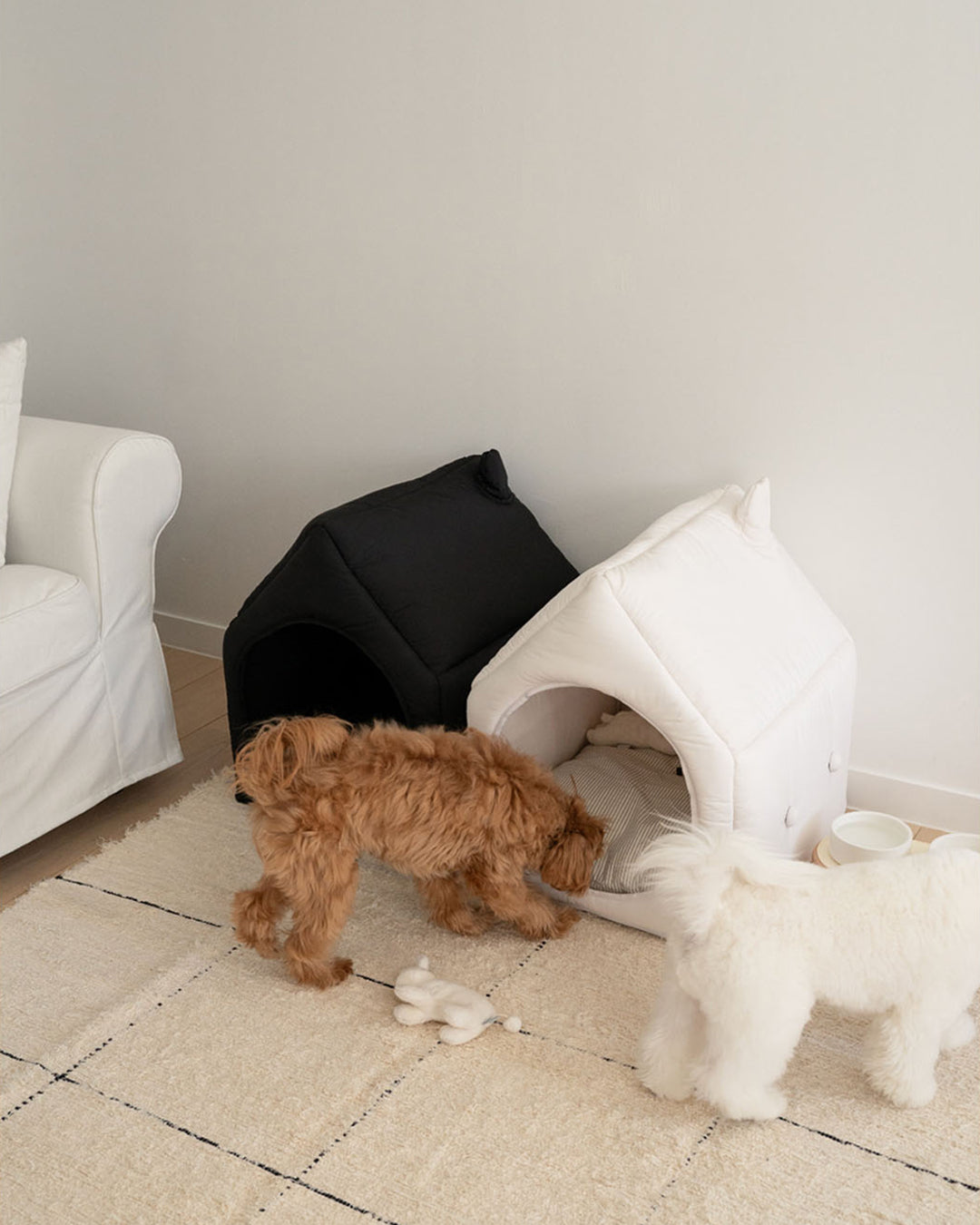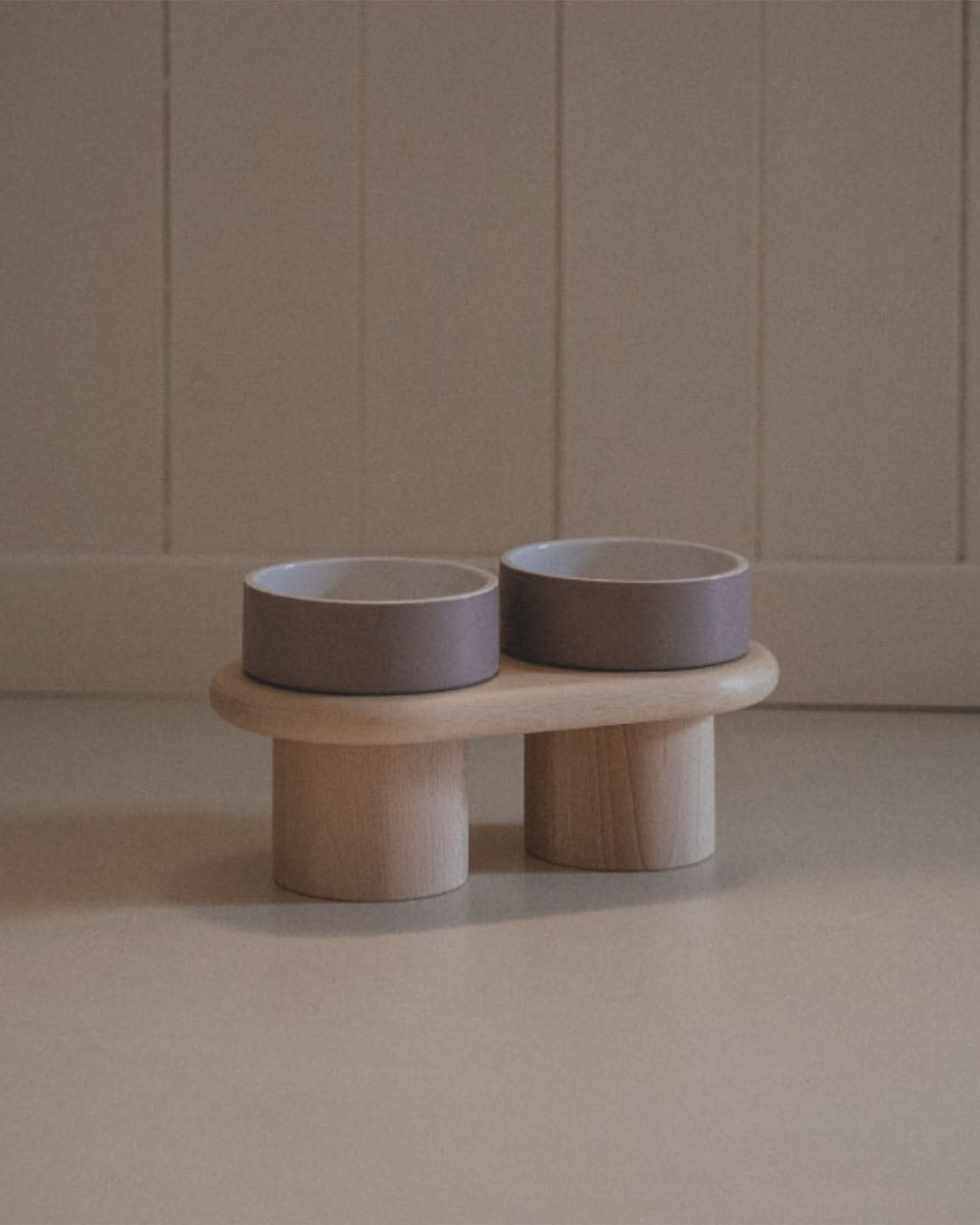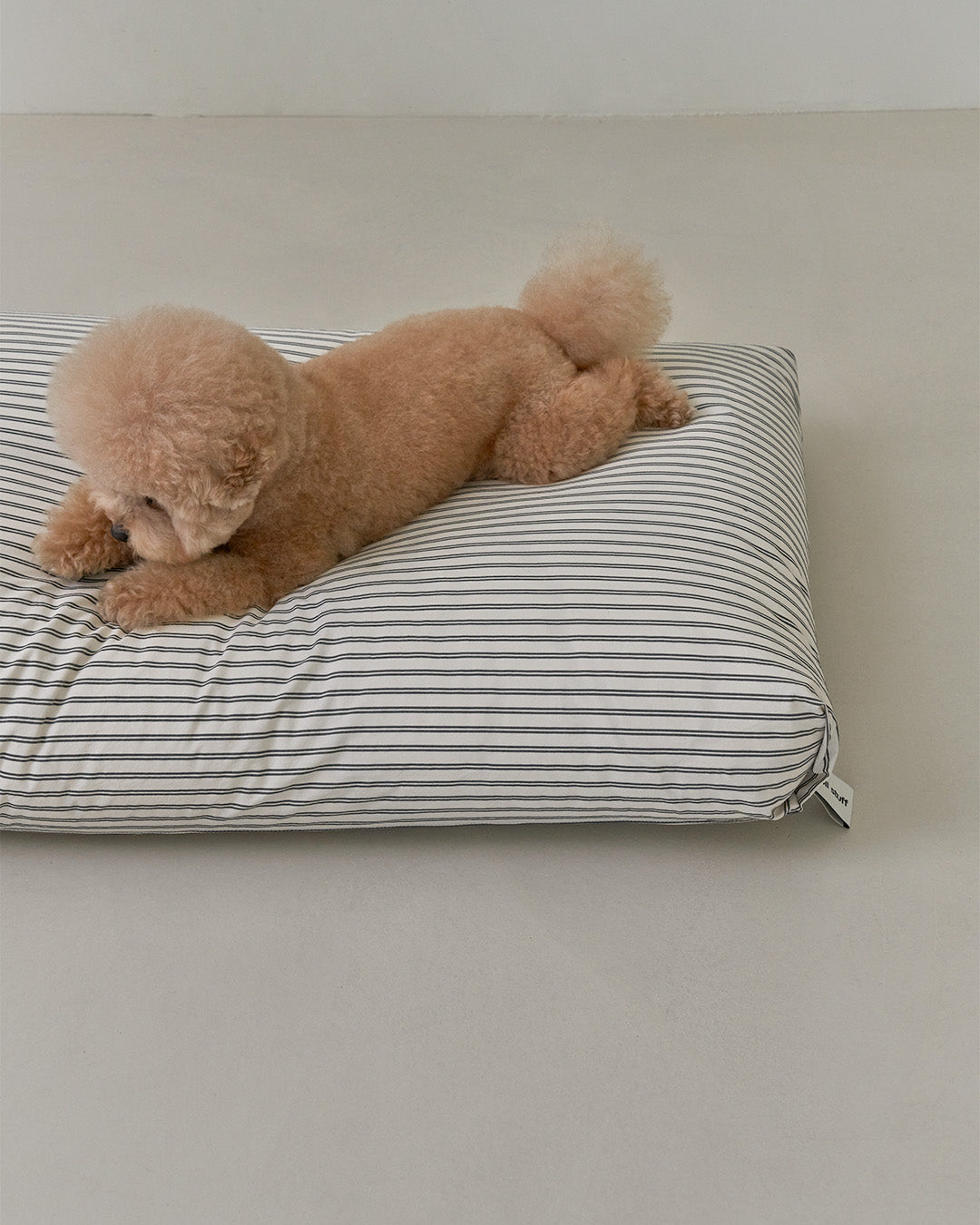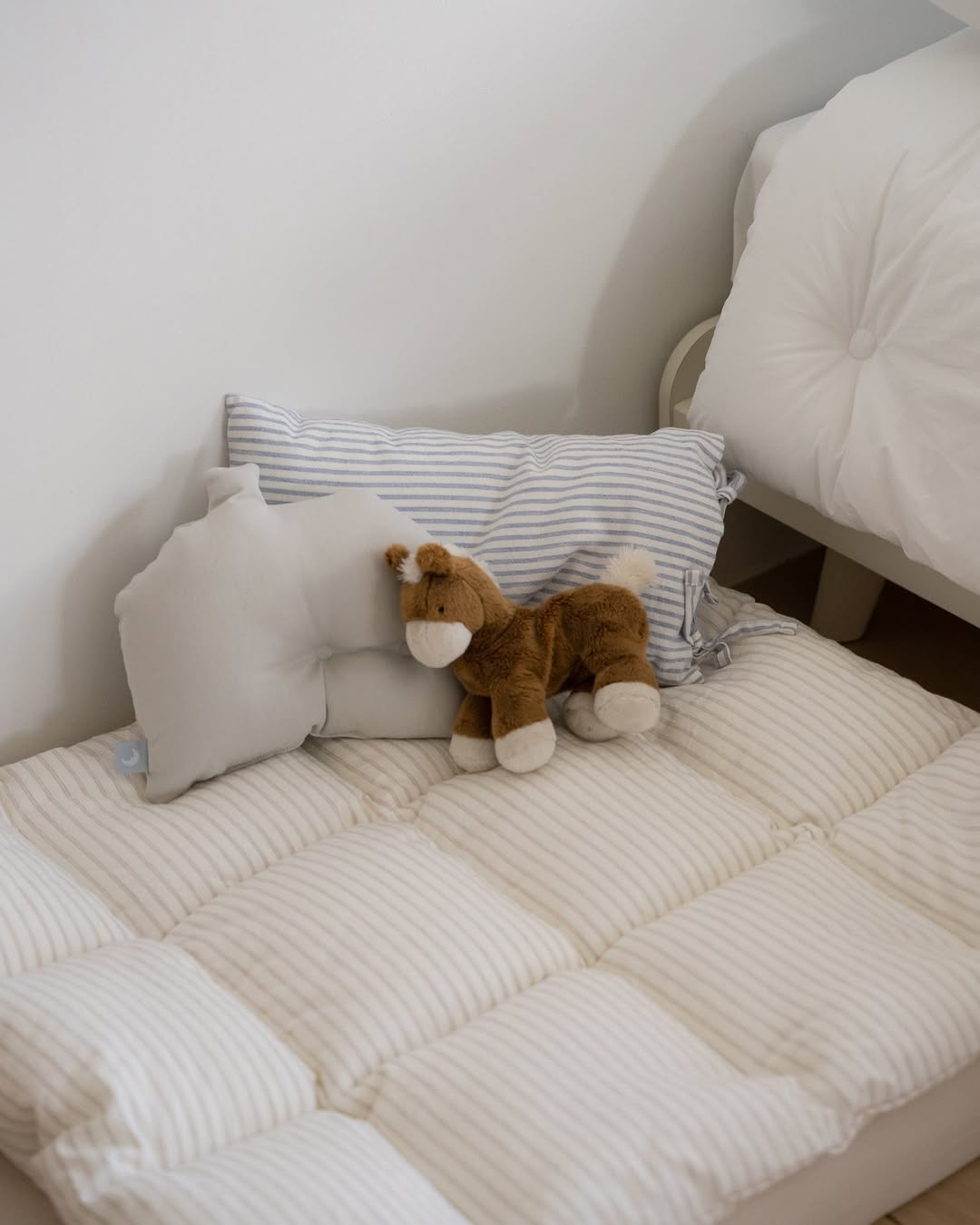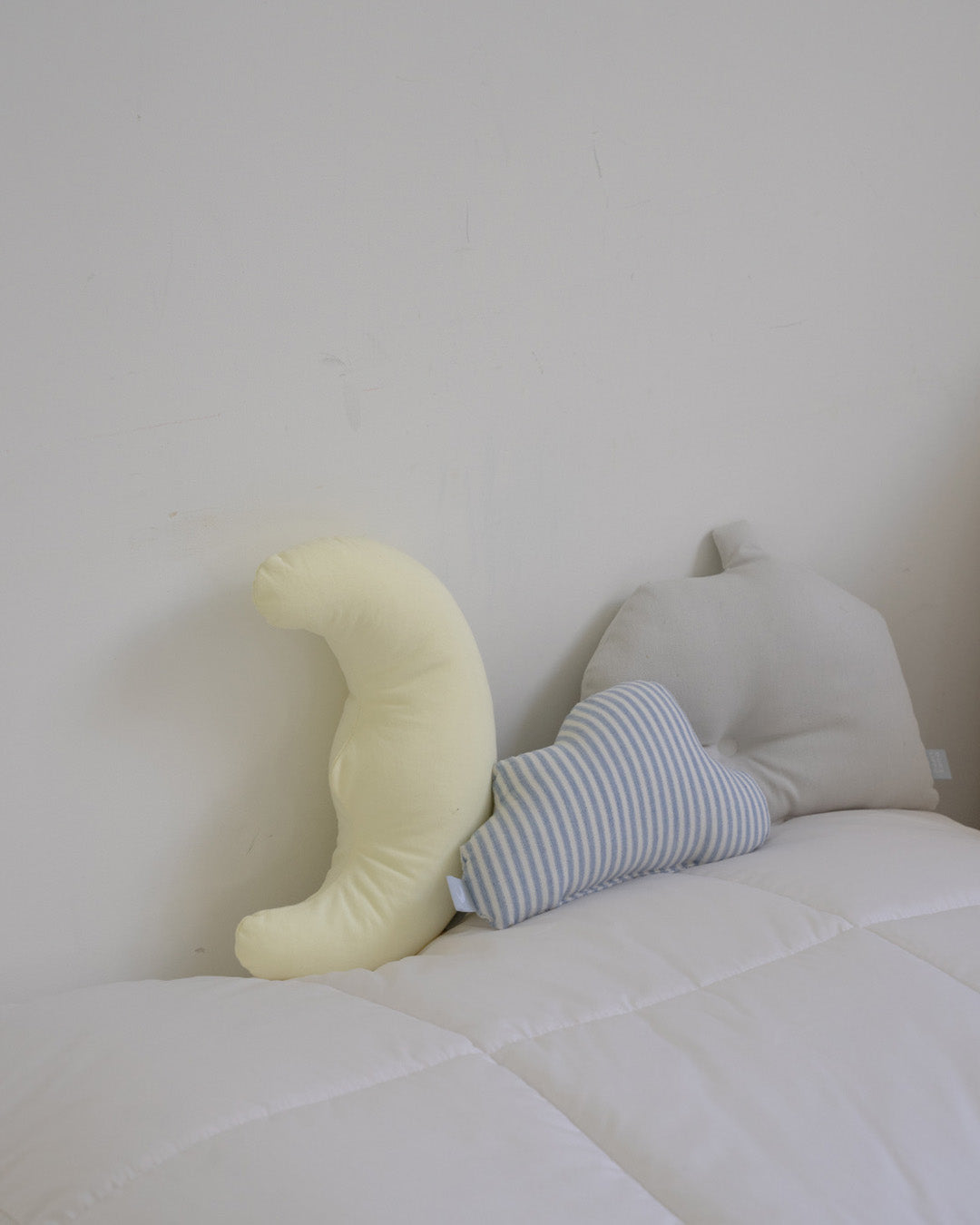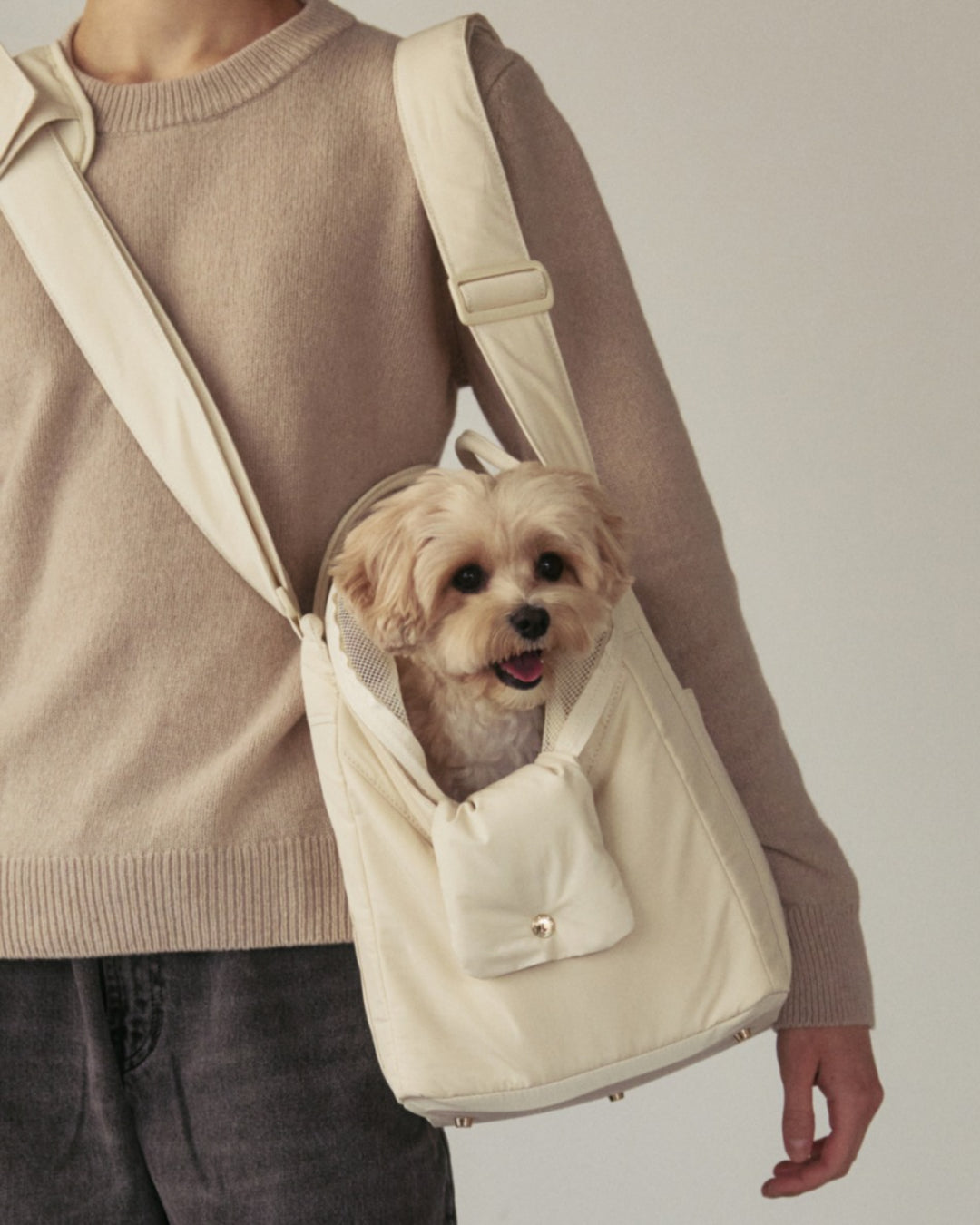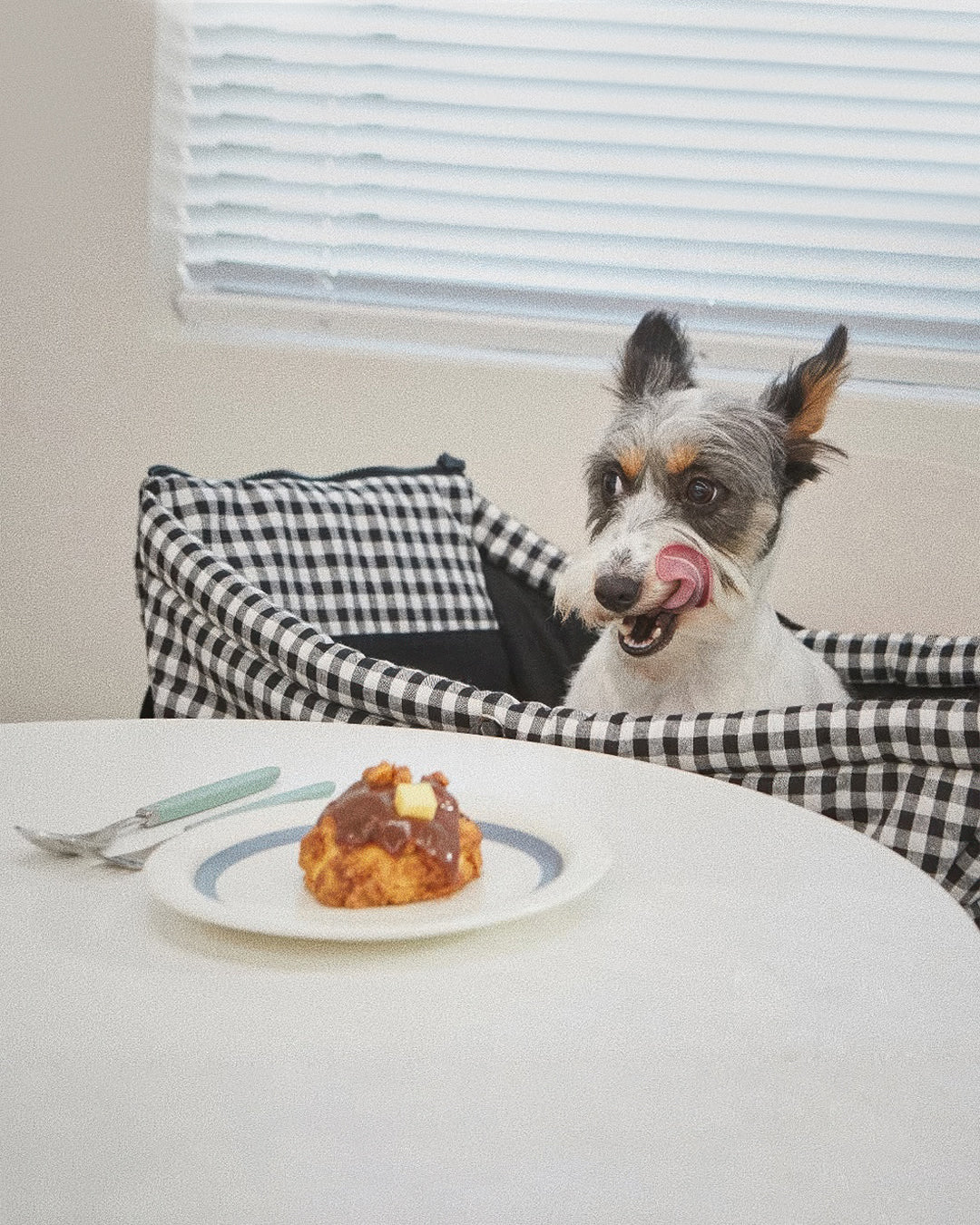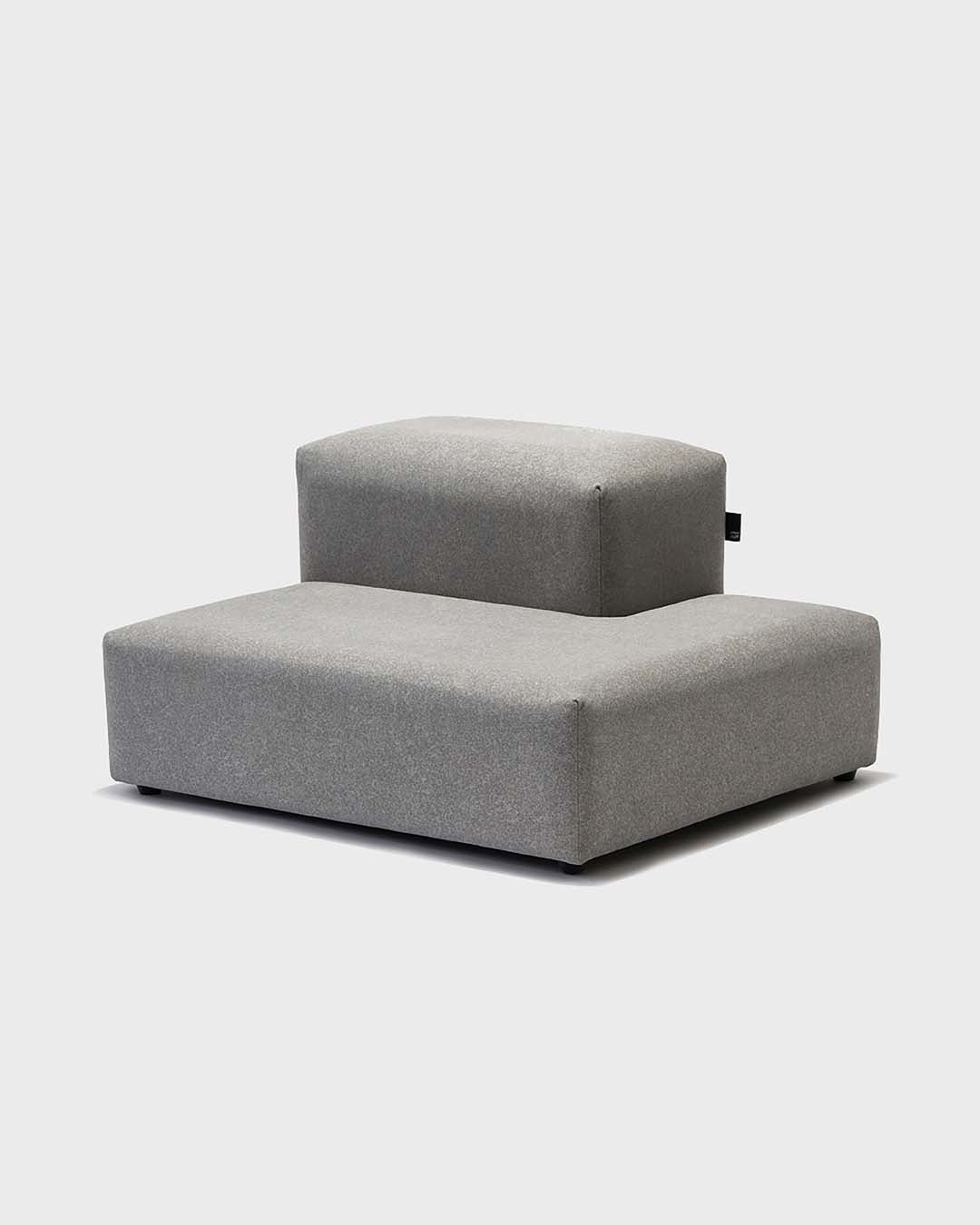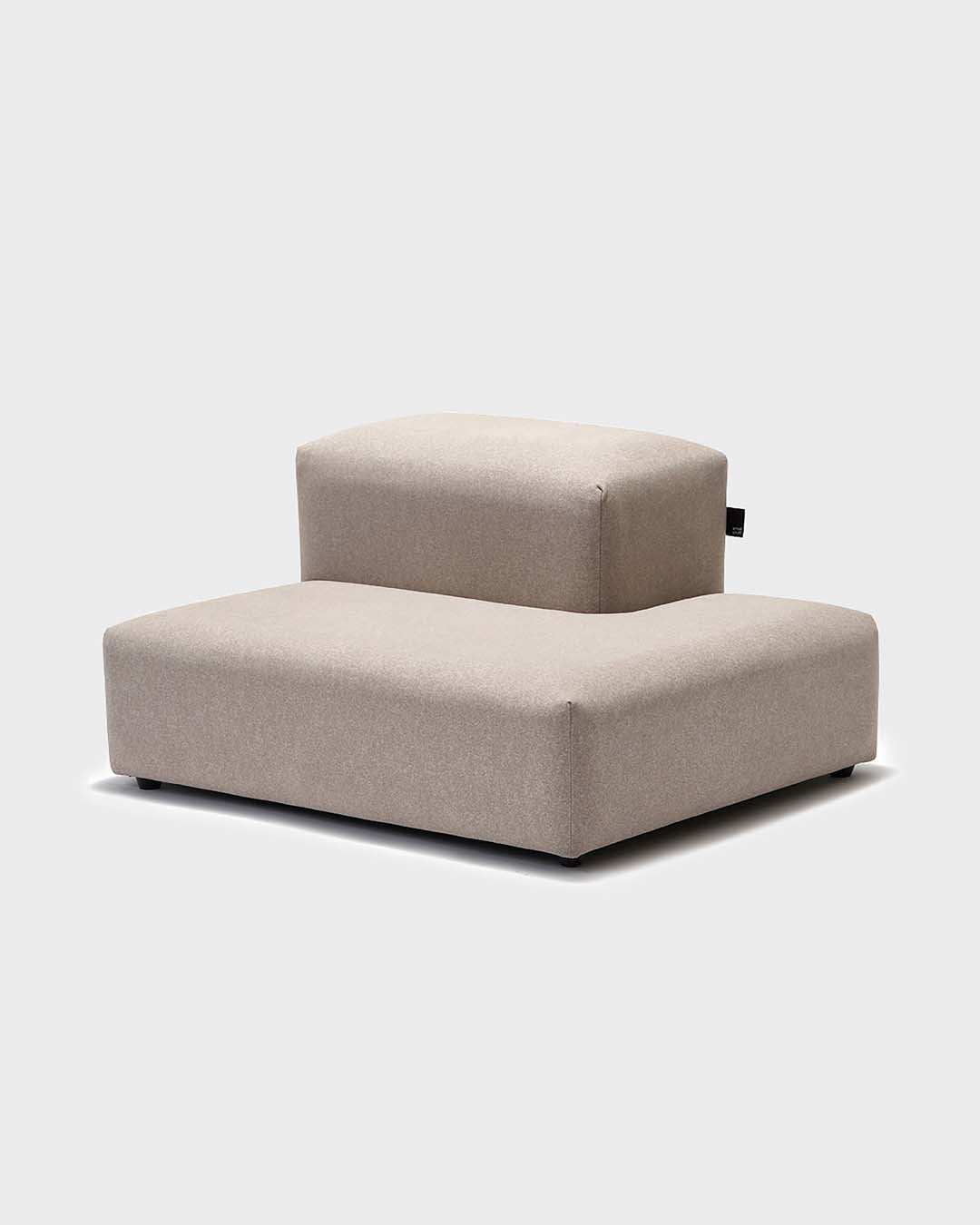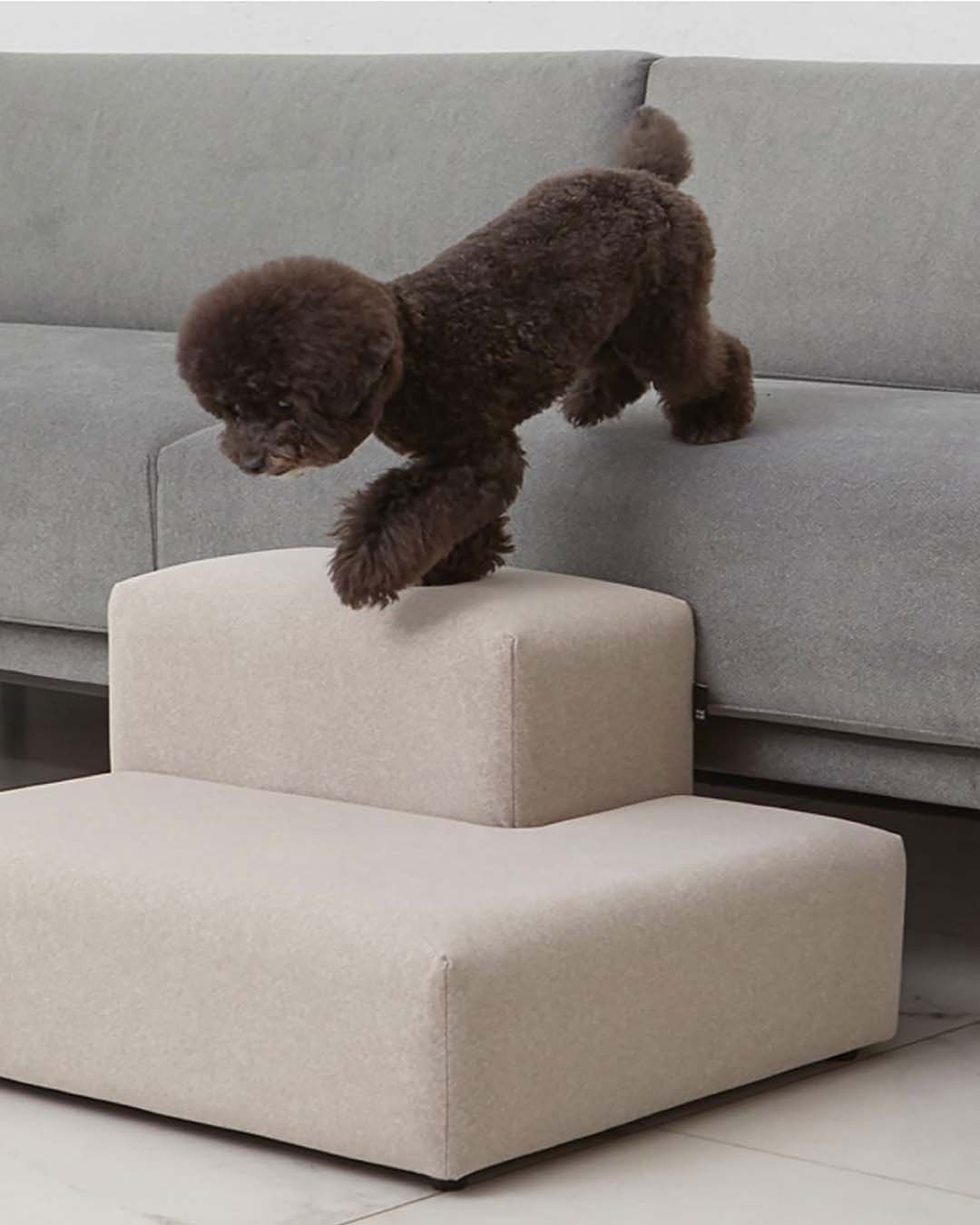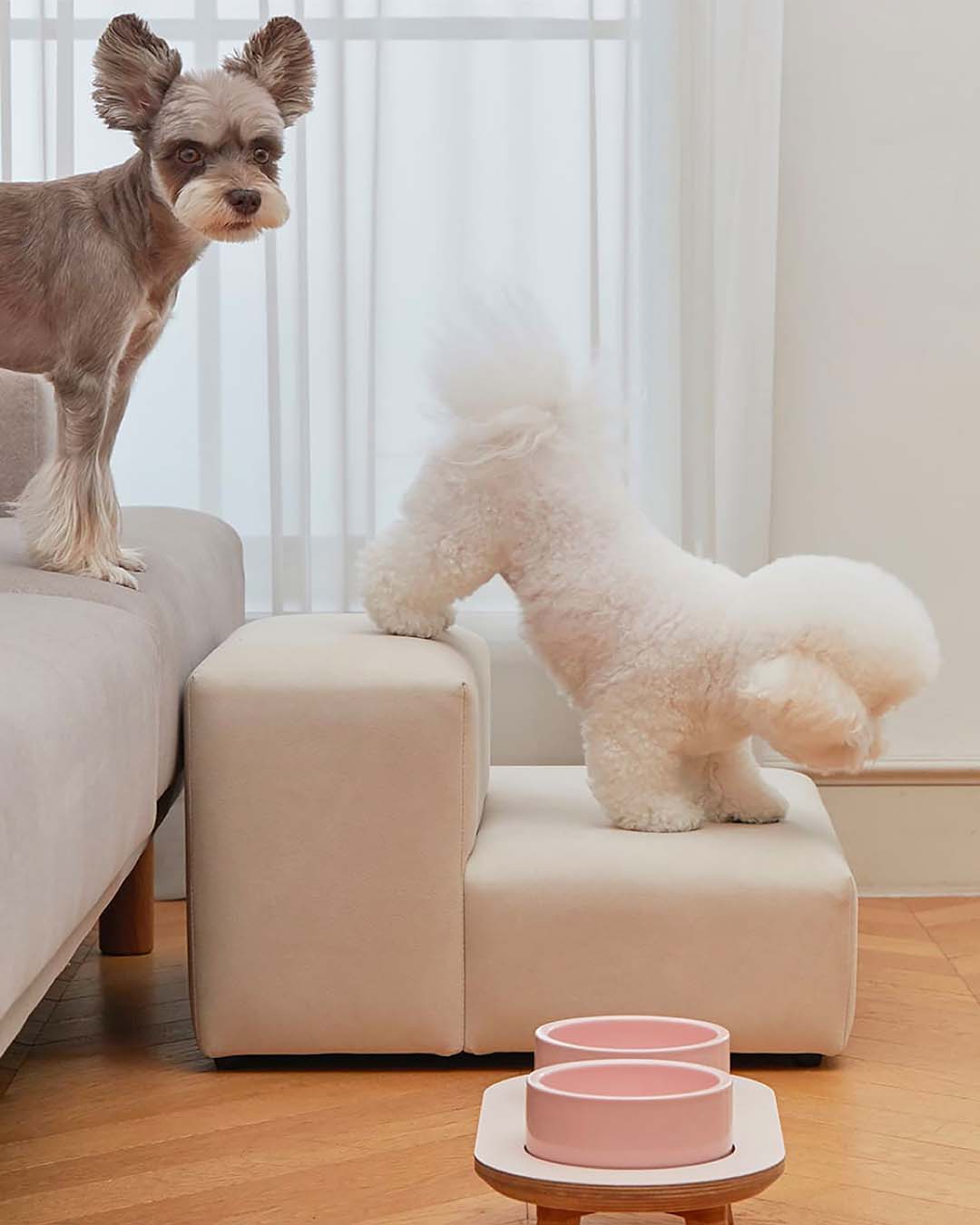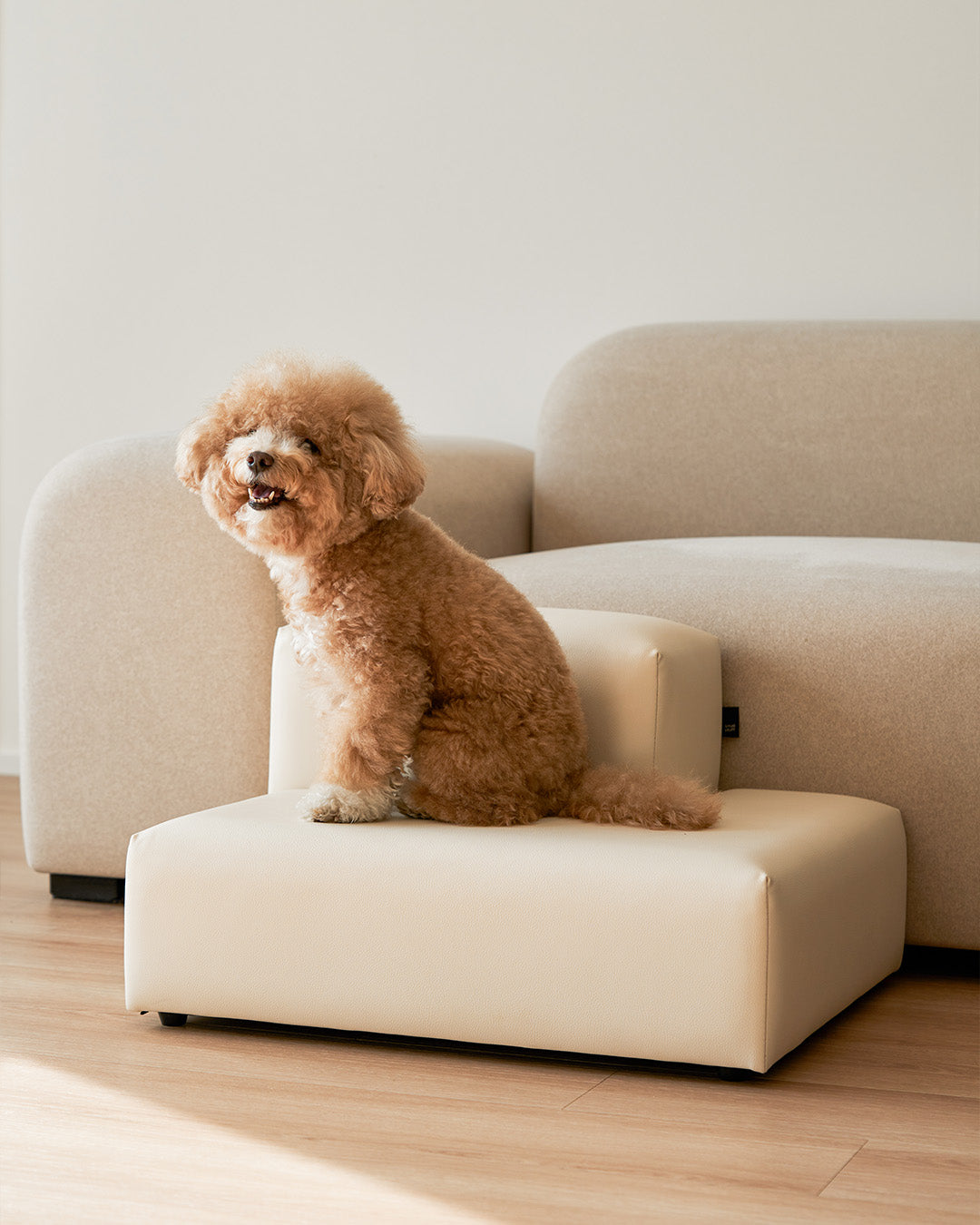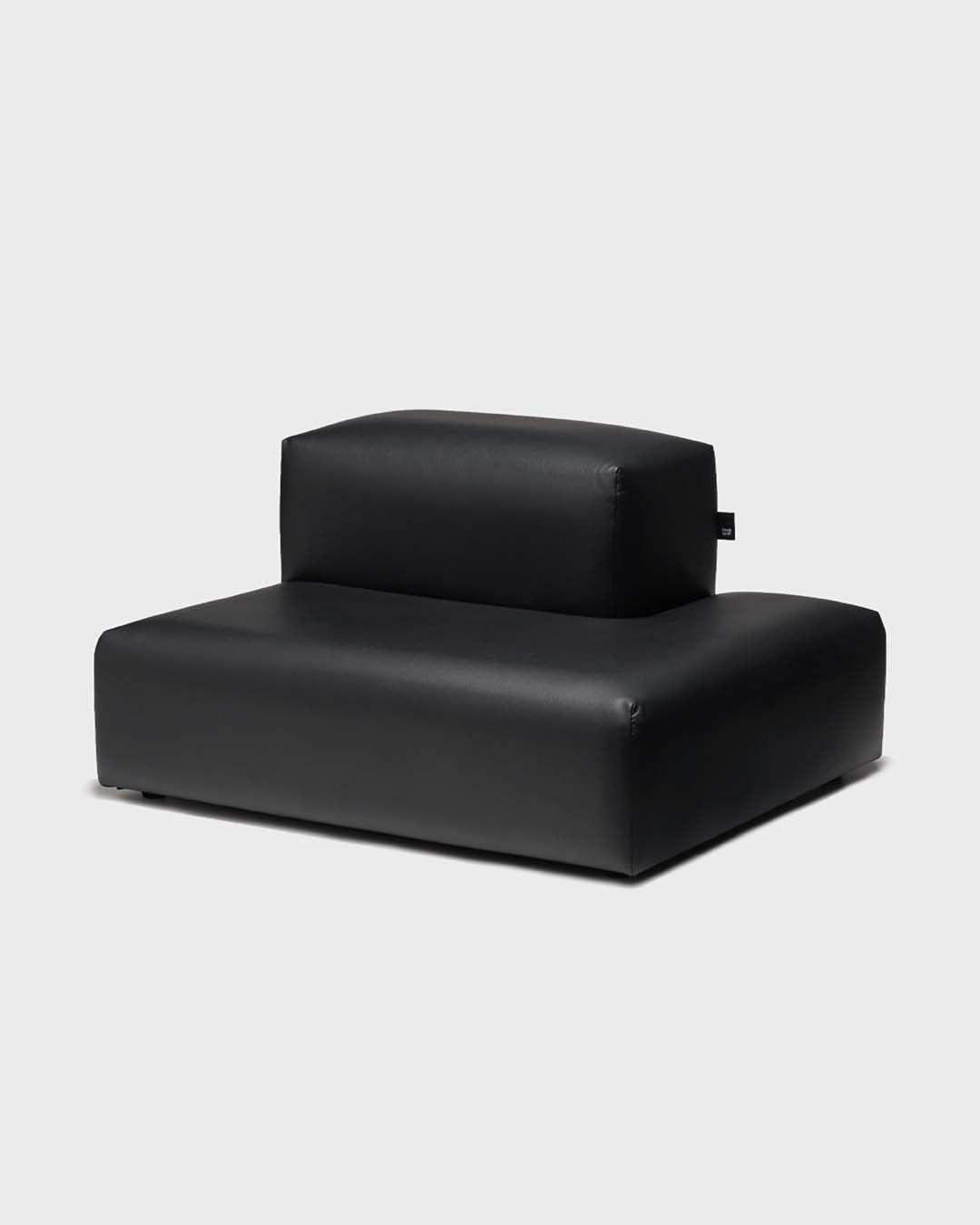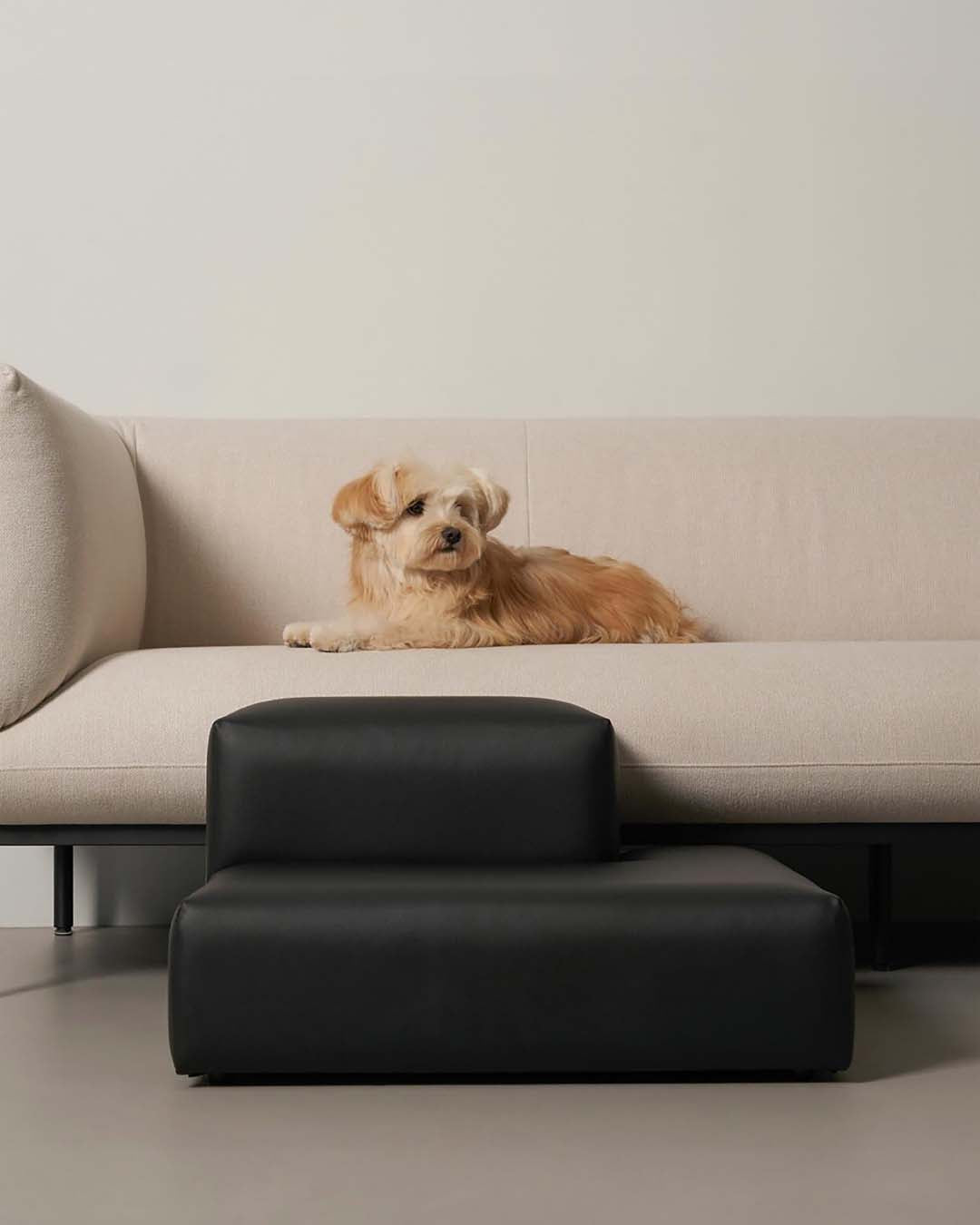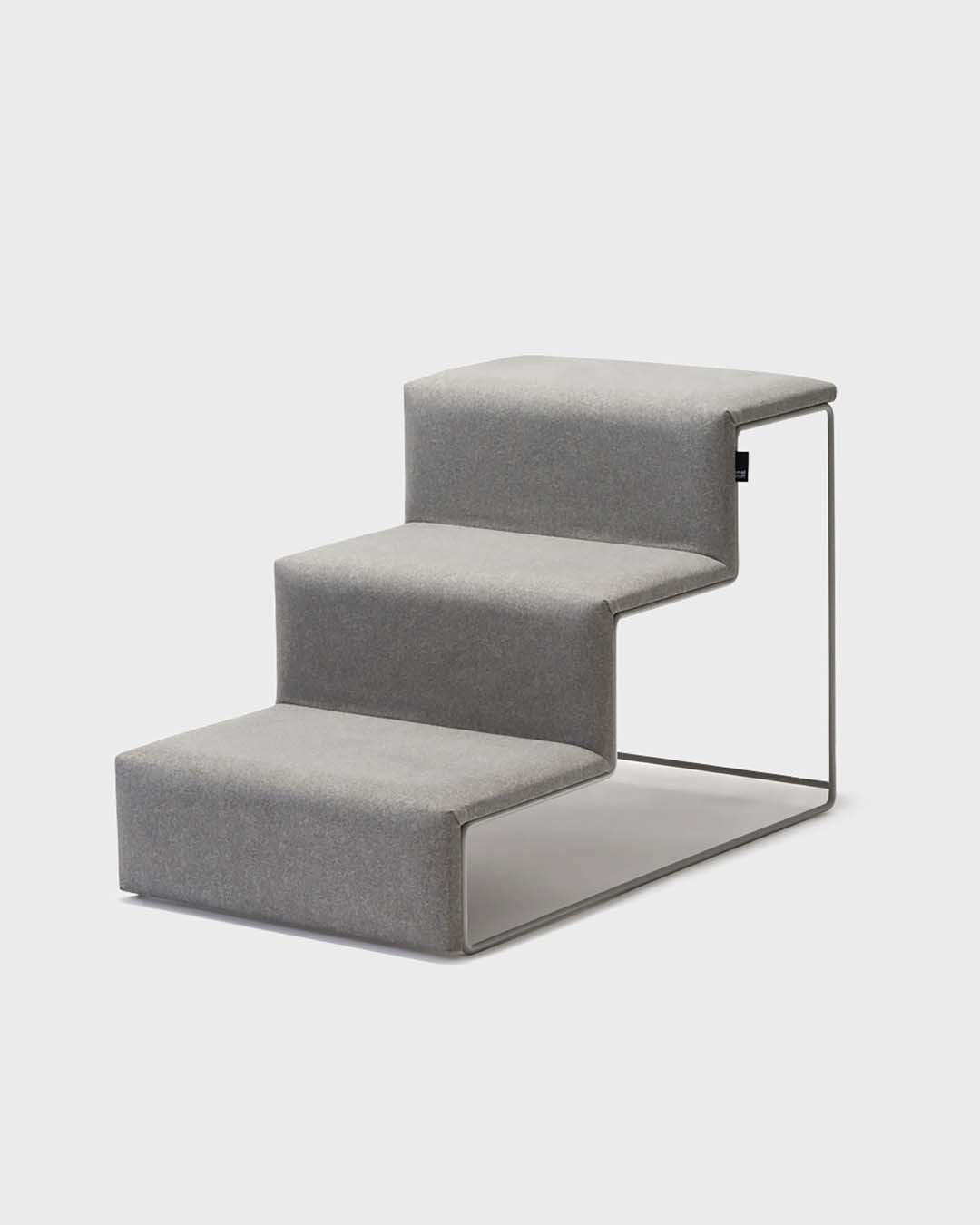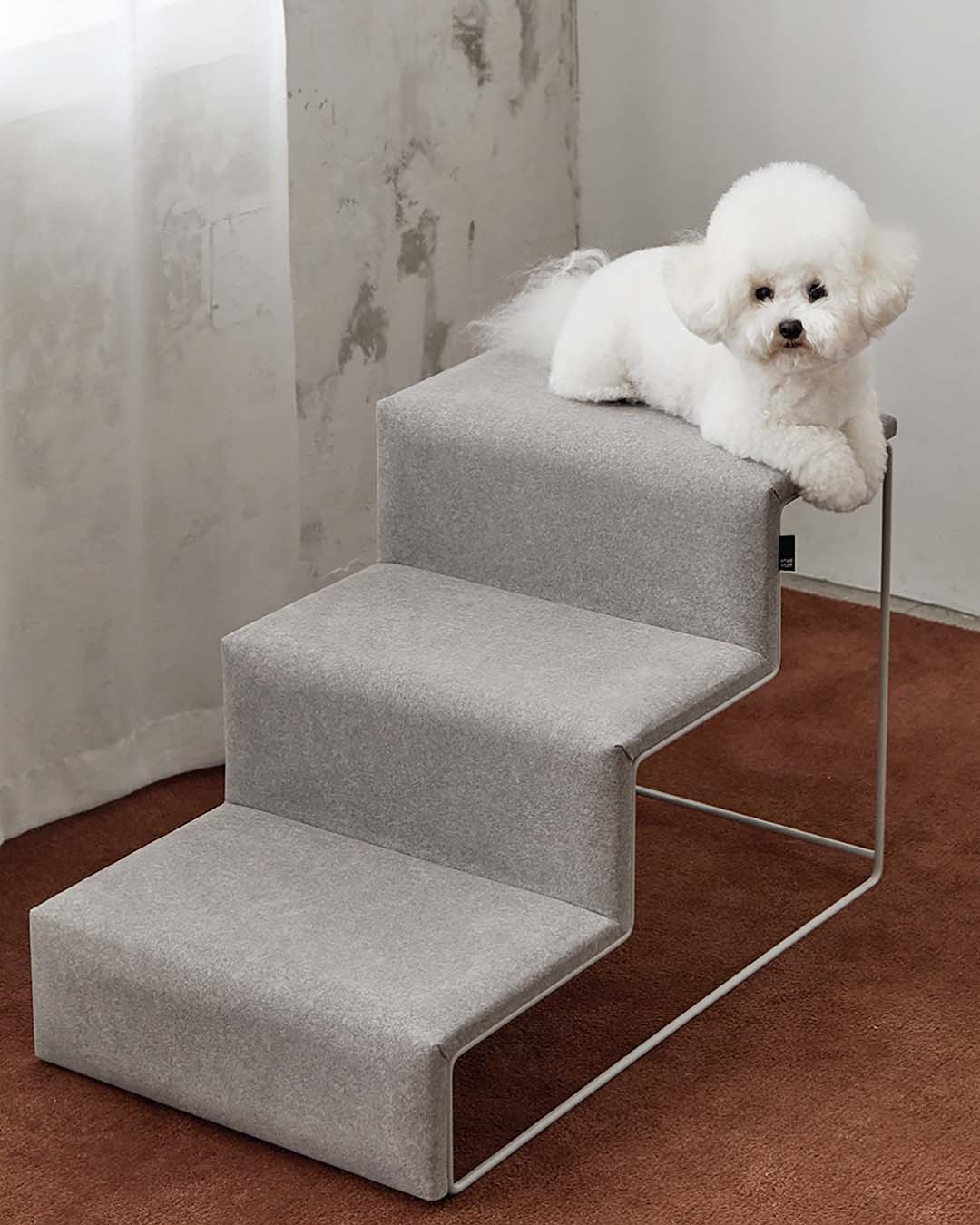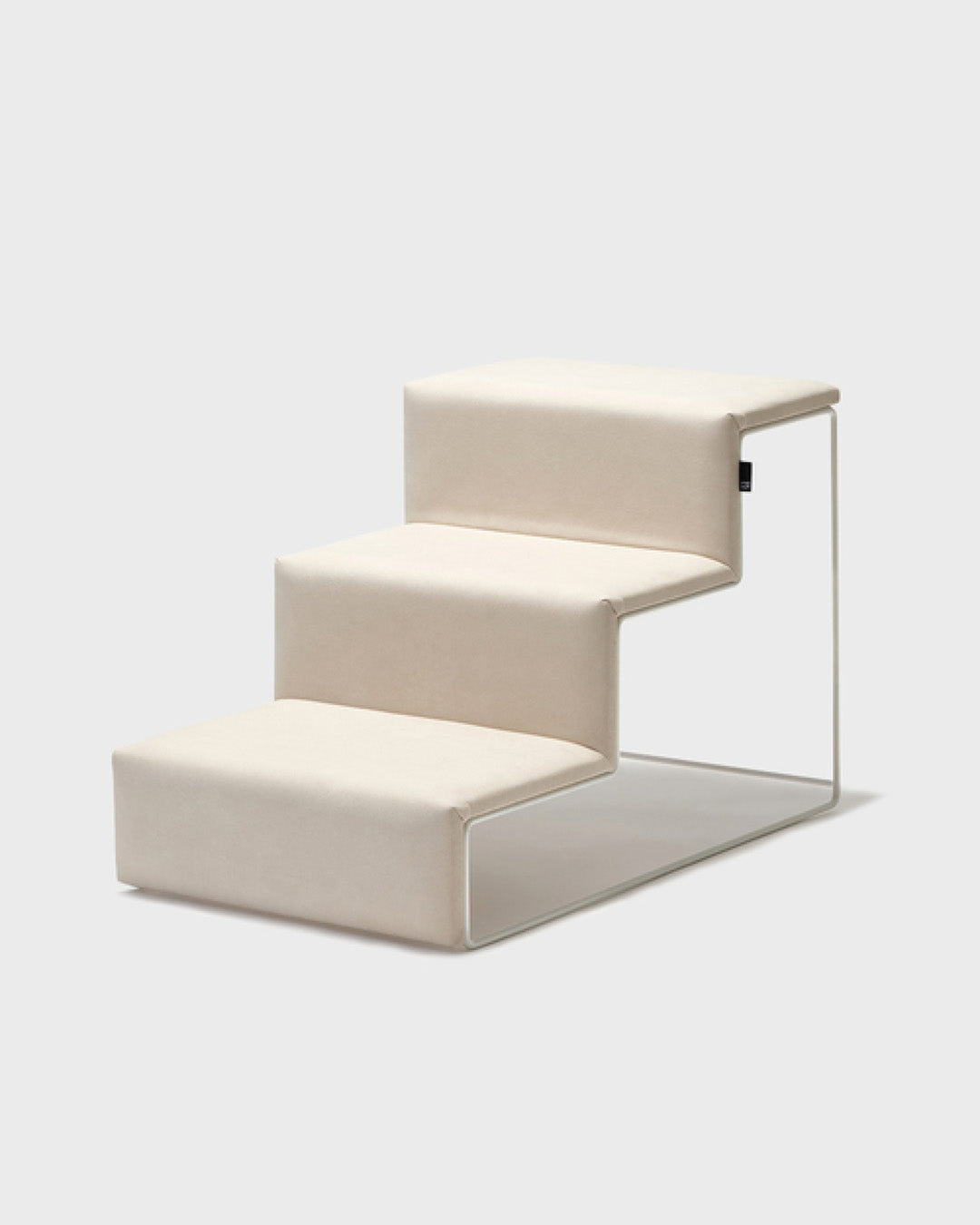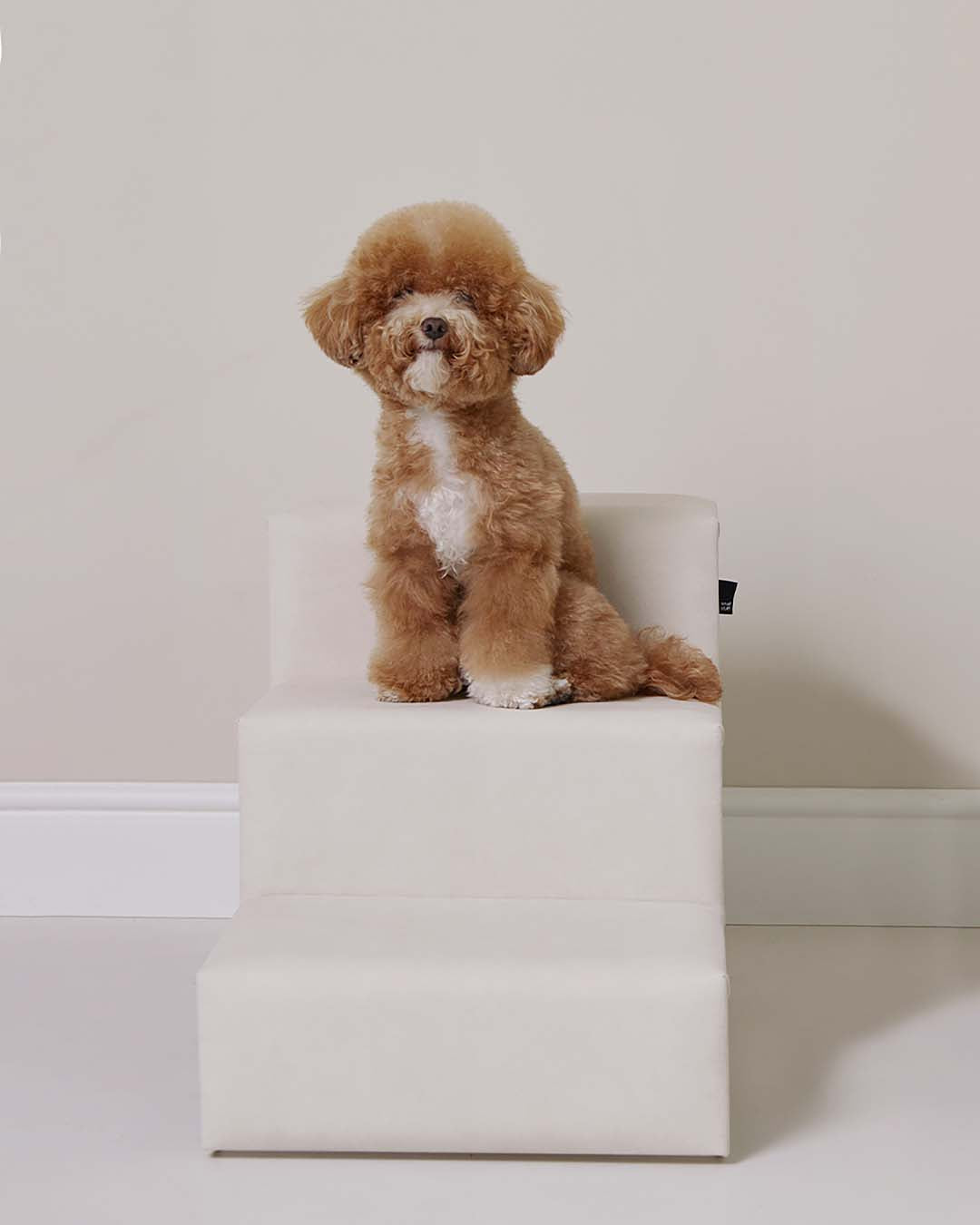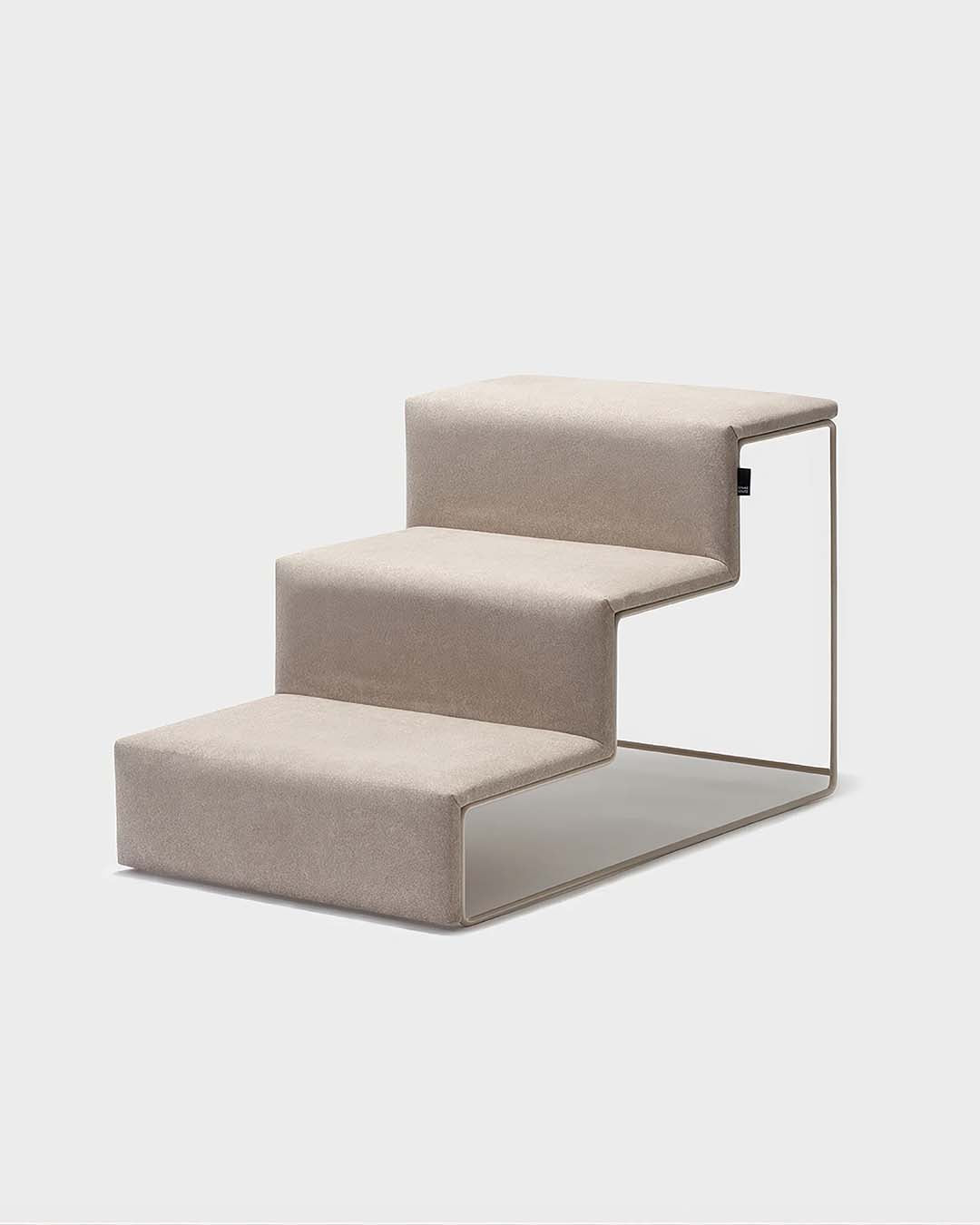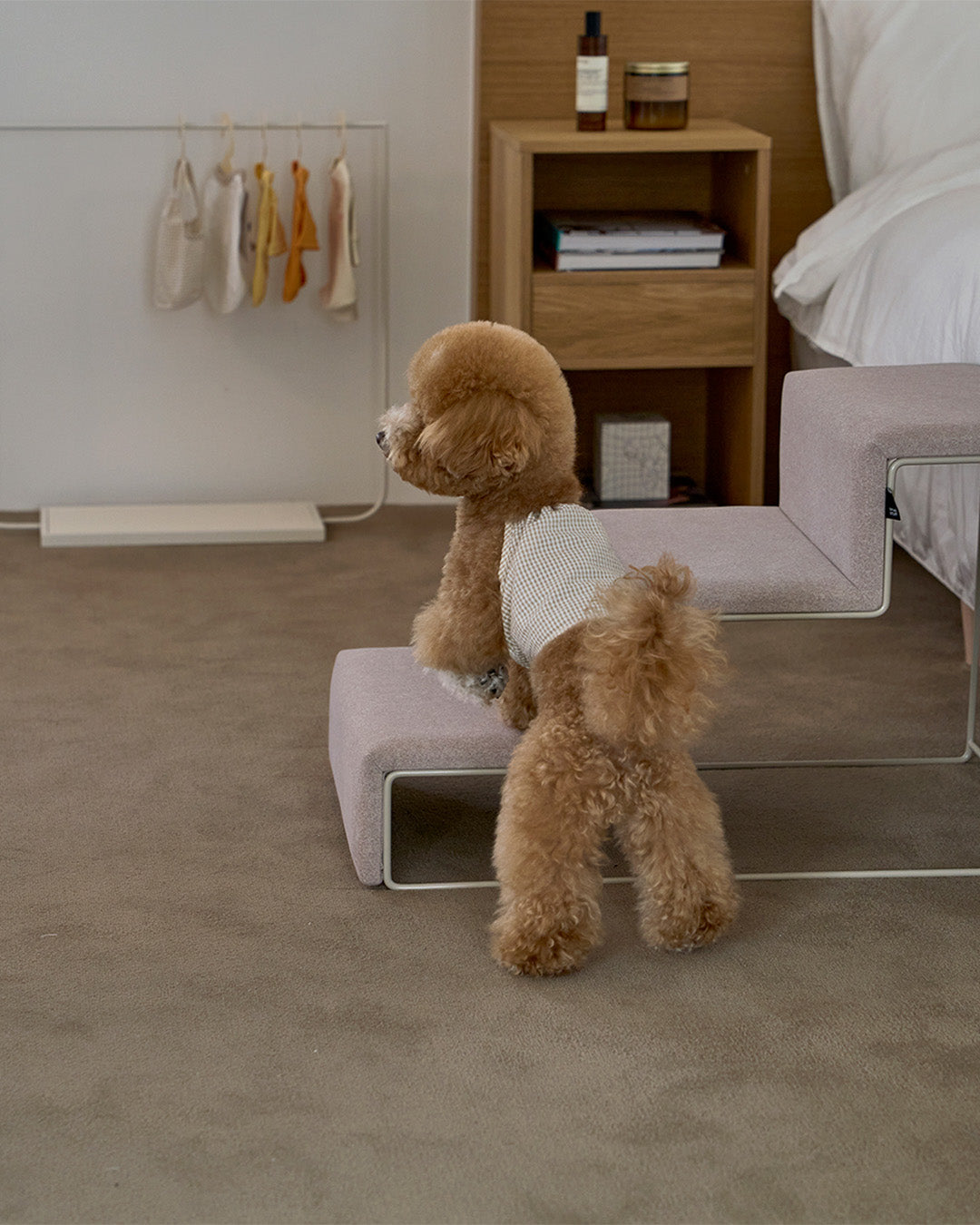Living with a pet is a joy, but even the most familiar items in our homes can pose a lethal threat to a curious dog or cat. Our homes are supposed to be their safest haven, but from a pet's perspective, the environment is full of unpredictable hazards.
"Pet safety is not just about training; it's about environmental design."
Since we cannot stop a pet’s instinct to explore, the best prevention is to completely remove or block access to potential dangers.
1. Kitchen and Bathroom: Hotspots for Poisoning
The areas where we store chemicals and medication are the most common sources of accidental poisoning.
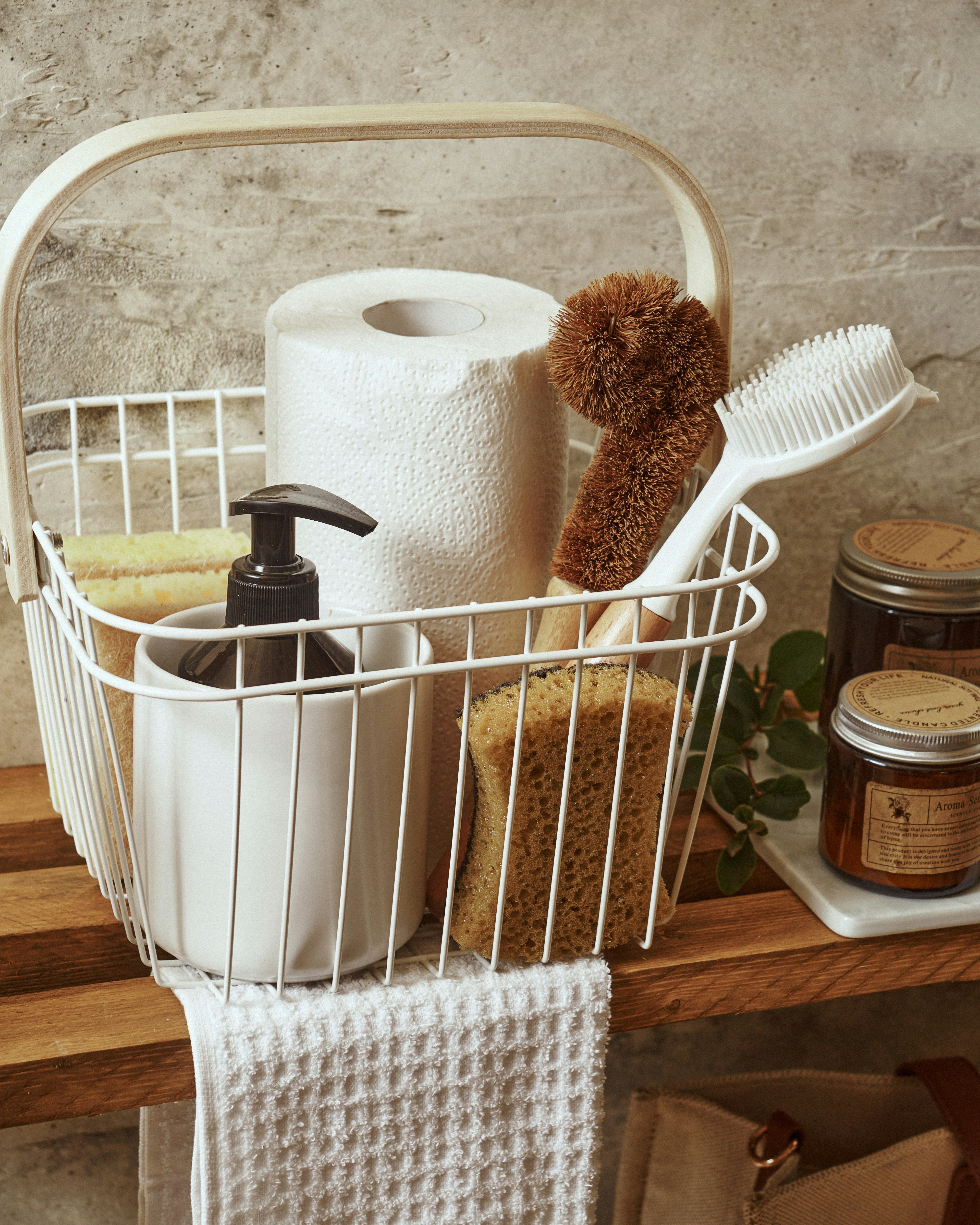
Cleaning Supplies and Chemicals: Items like bleach, detergents, fabric softeners, and drain cleaners must be stored in high cabinets or secured with child-proof locks. Pets can suffer severe chemical burns simply by stepping on or licking a spill.
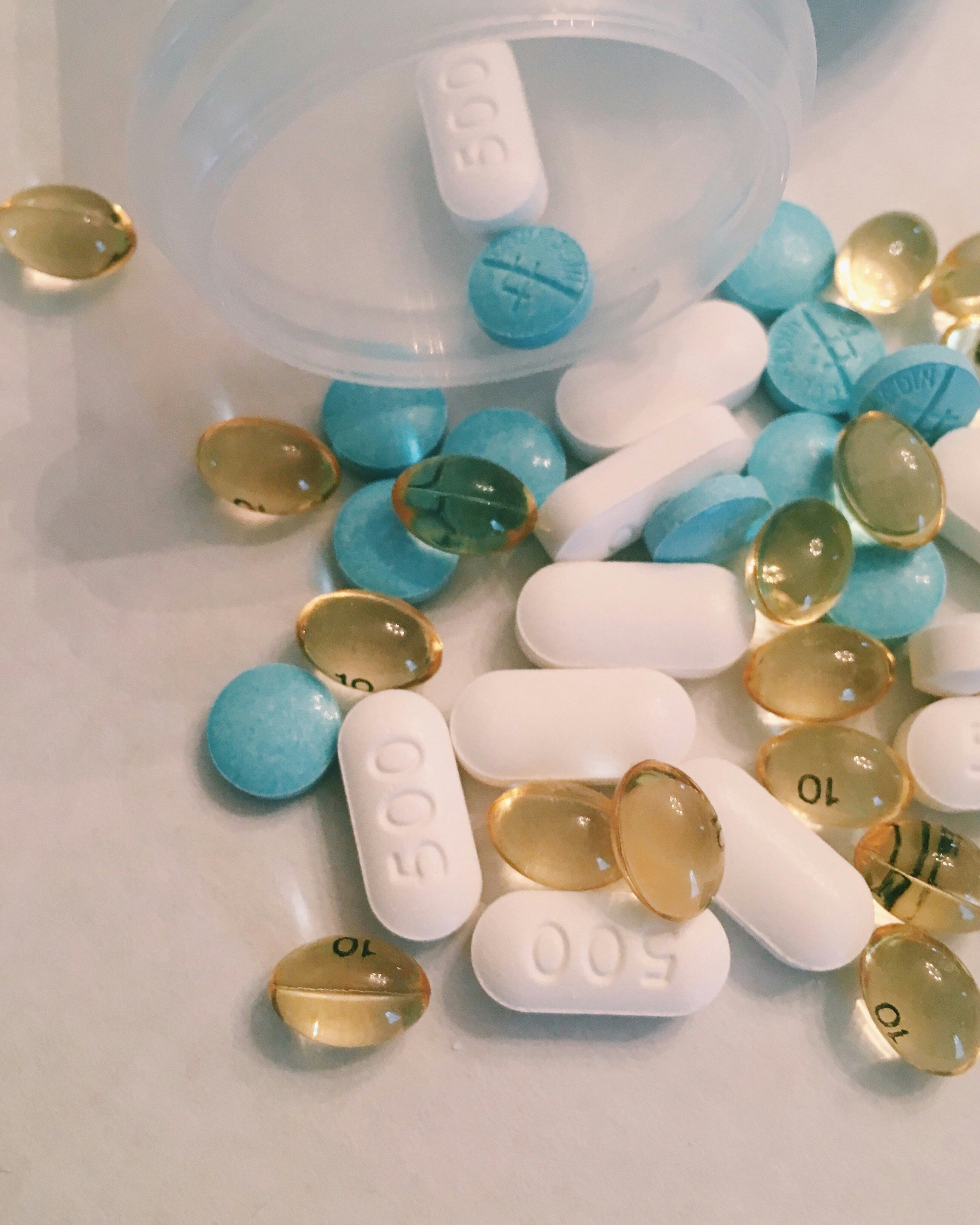
Medications: Human painkillers (especially those containing acetaminophen), cold medicines, and even vitamins are highly toxic to pets, often causing severe liver or kidney failure even in small doses. All medicine must be kept completely out of sight and reach.
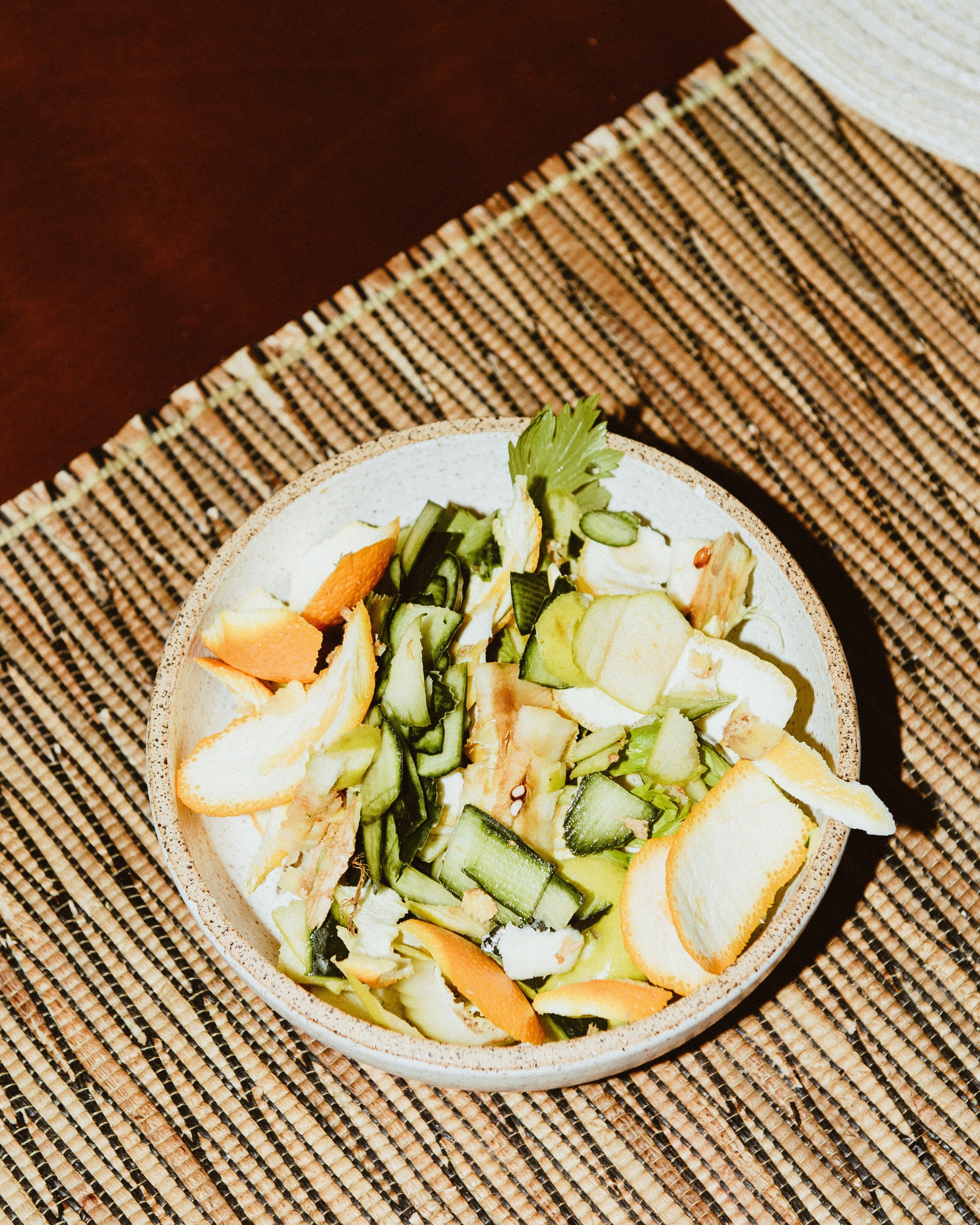
Food Waste and Wrappers: Trash cans must be securely lidded. Moldy food or spoiled scraps can cause severe food poisoning, while plastic bags or wrapping materials pose a significant risk of choking or intestinal blockage if swallowed.
2. Living Room and Bedroom: Hidden Choking Hazards
The living areas are filled with small, tempting objects that can easily become choking hazards or cause internal obstruction.
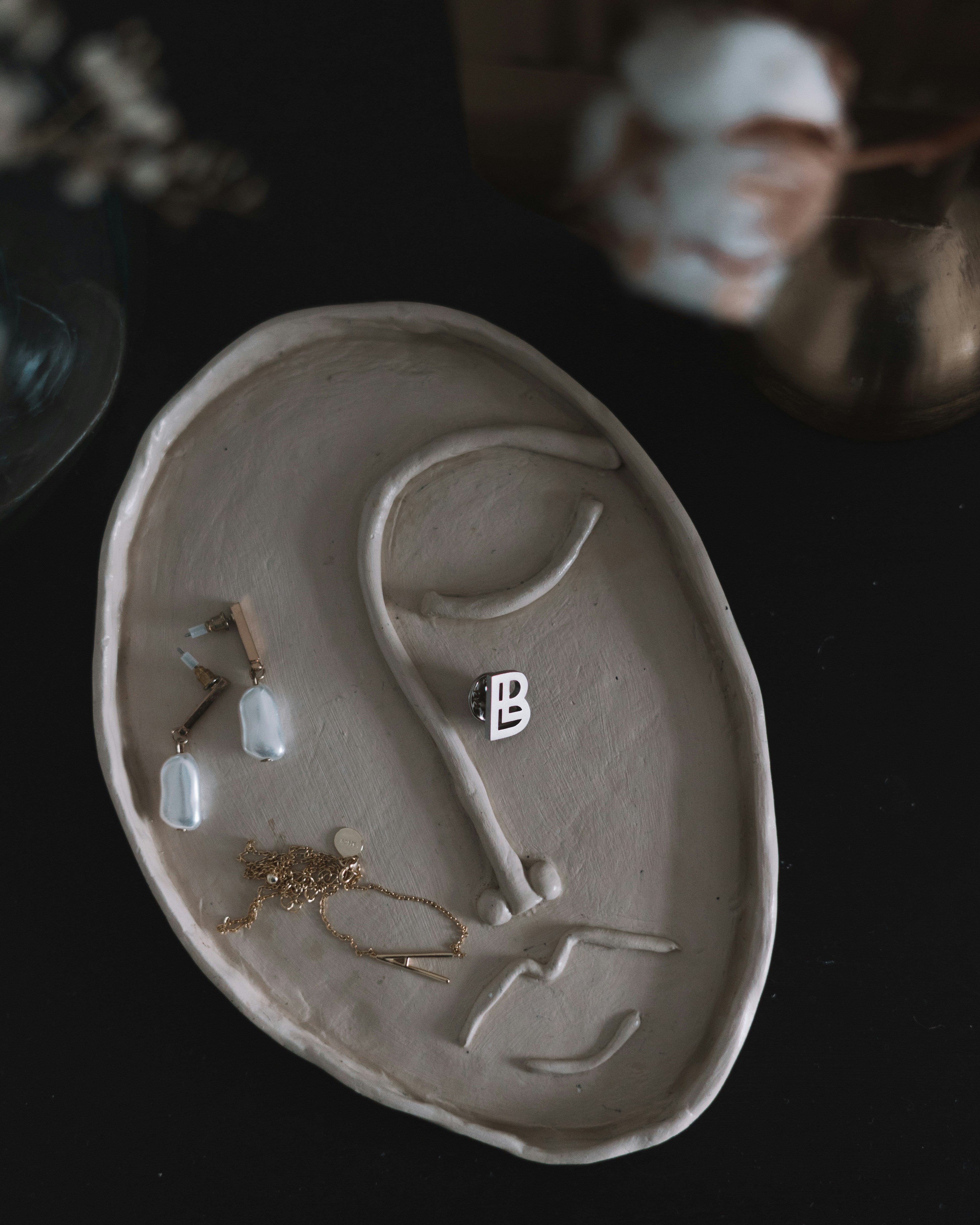
Small Objects and Accessories: Coins, buttons, needles, thread, and small jewelry are easily swallowed by pets. Cats, in particular, are attracted to string or yarn, which can lead to dangerous linear foreign body obstructions.
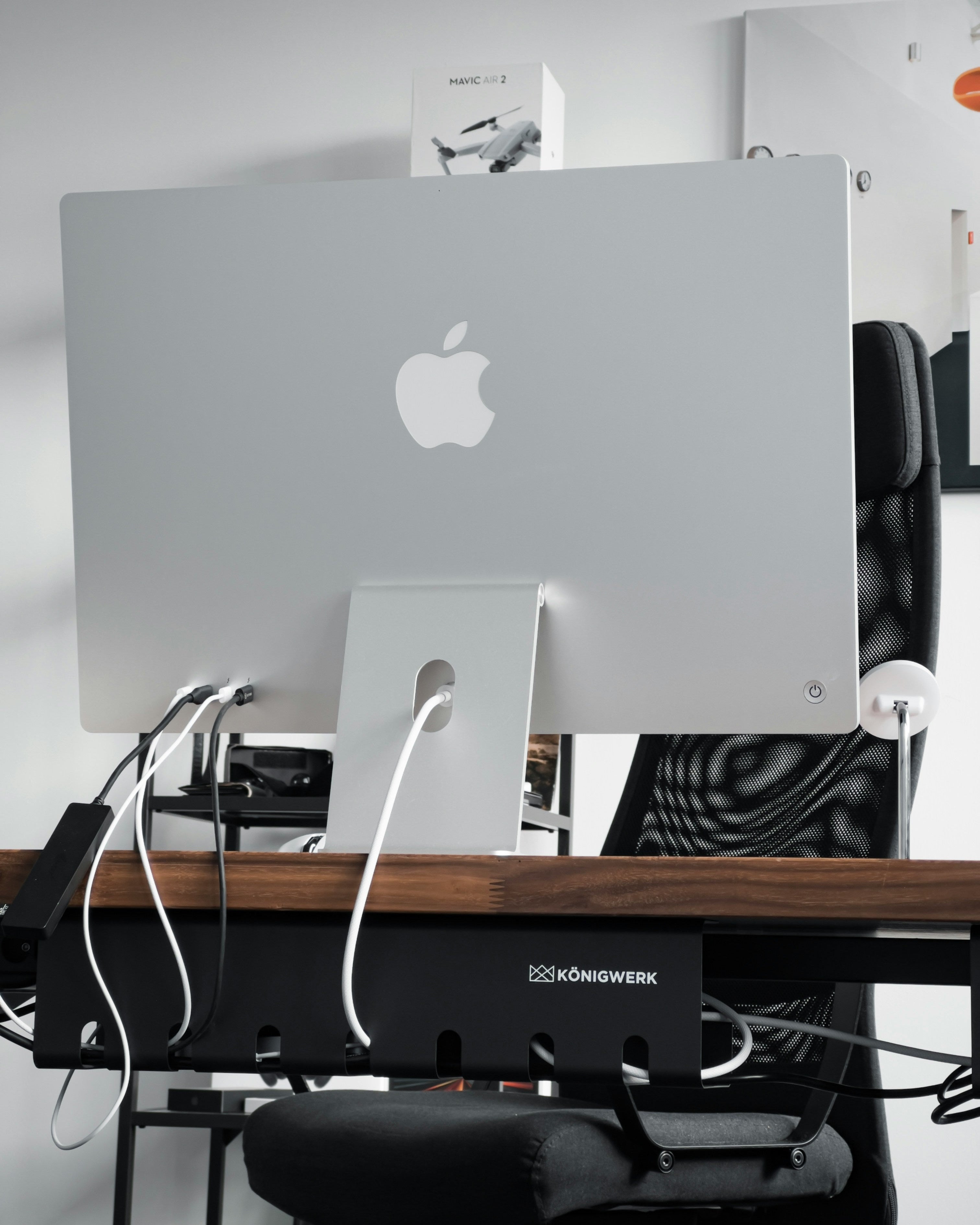
Wires and Cables: Both dogs and cats may chew on electrical cords. This presents a serious risk of electric shock, and if the wire is chewed through, the plastic casing can cause internal damage if ingested. Unused cables should be neatly tucked away, and essential ones should be covered with protective cord covers.
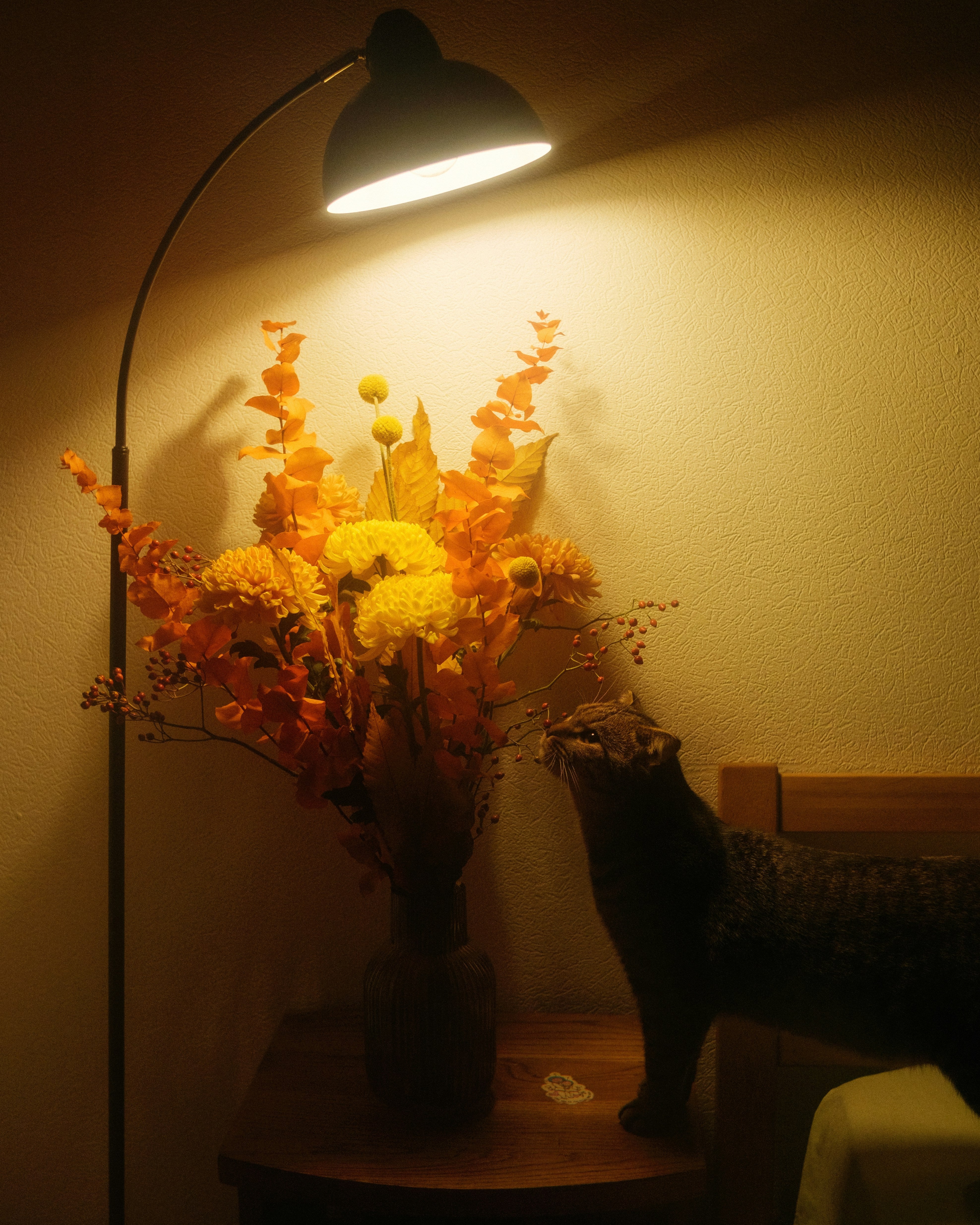
Toxic Houseplants: Many common houseplants are poisonous to pets. Lilies (extremely toxic to cats), tulips, chrysanthemums, and even some common ornamental plants can cause everything from mild stomach upset to fatal organ damage if ingested. The safest approach is to eliminate known toxic plants from your home entirely.
Tips for Creating a Safe Living Space
Once the immediate hazards are removed, focus on making the existing space safe and comfortable for your pet’s natural movements.
Active dogs or cats that frequently jump on and off furniture risk slipping or colliding with hard edges. Consider using non-slip mats or placing furniture with durable, high-performance fabrics in heavy-use areas to enhance safety. |
|
To manage stress or when they simply need alone time, providing a dedicated, safe retreat—such as a comfortable bed or a stylish hideaway—is crucial. This encourages your pet to retreat to their designated safe zone instead of seeking refuge in hazardous areas. |
|
For rooms that must remain off-limits (like a utility room or an area with sensitive equipment), using safety gates is the most certain way to physically block access and prevent unwanted exploration. |
